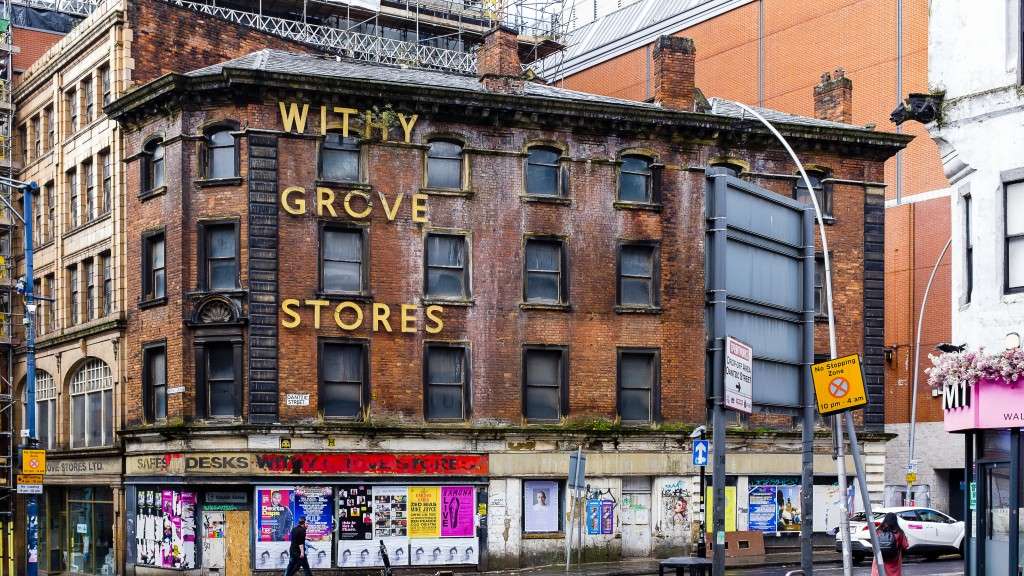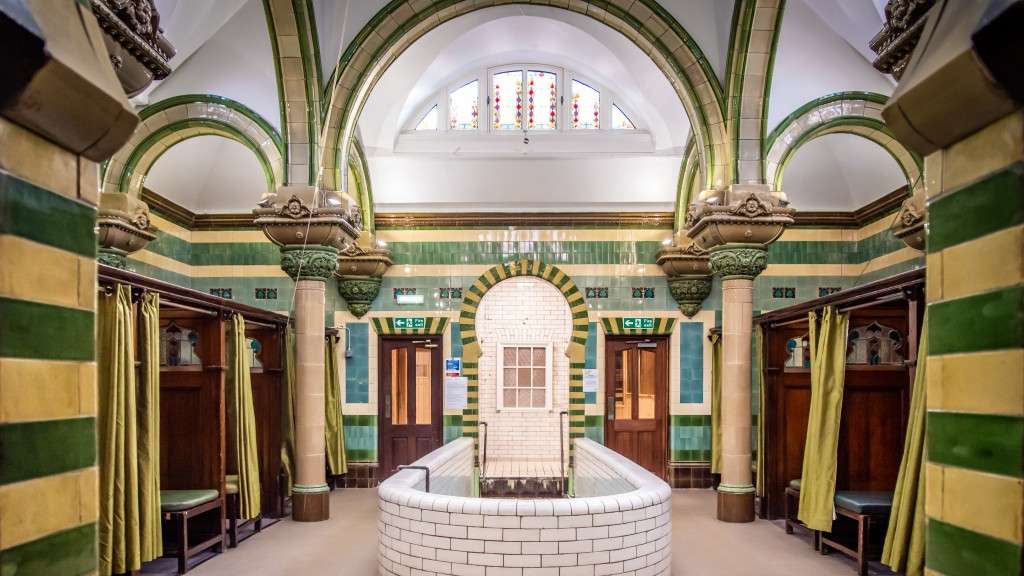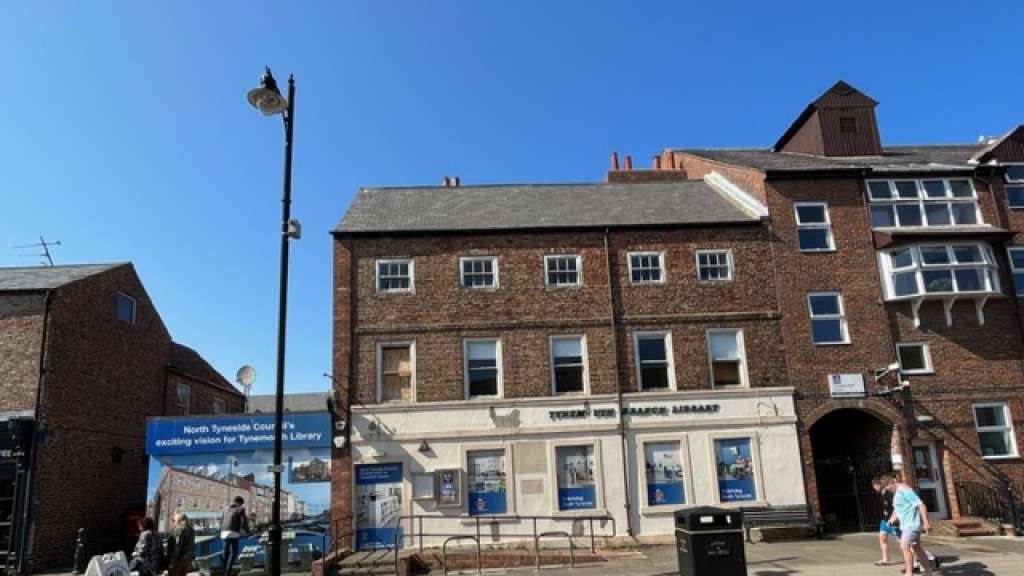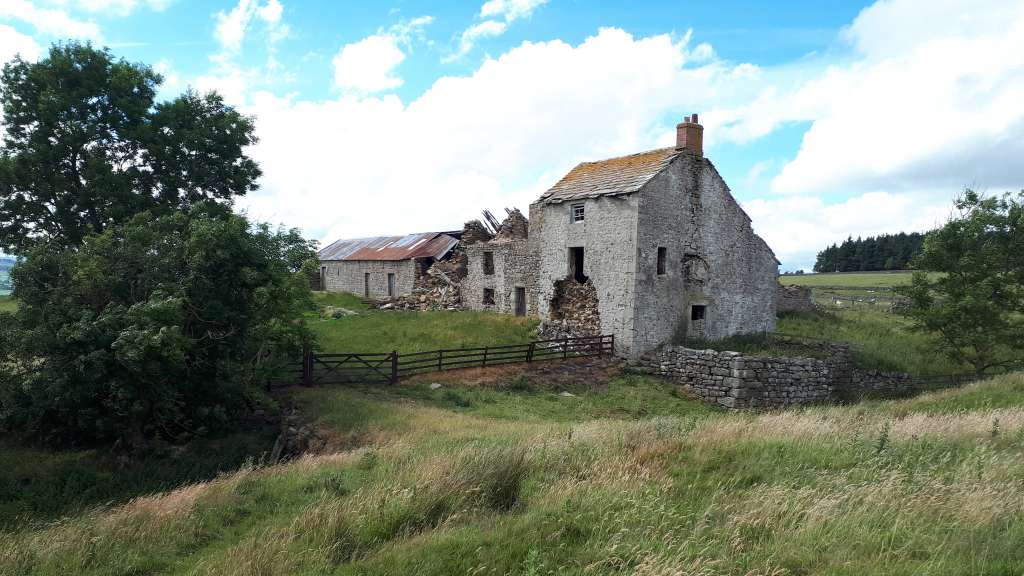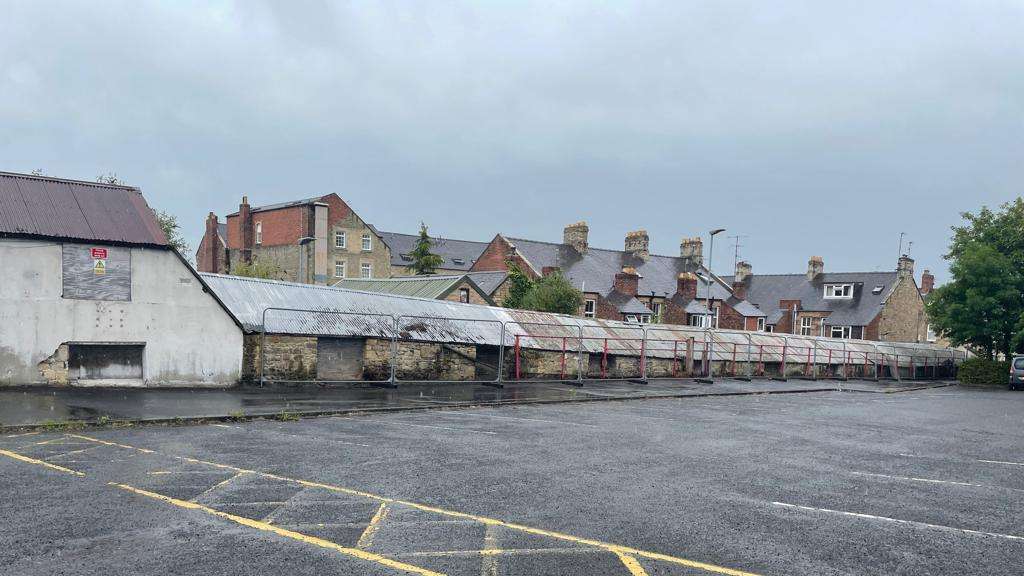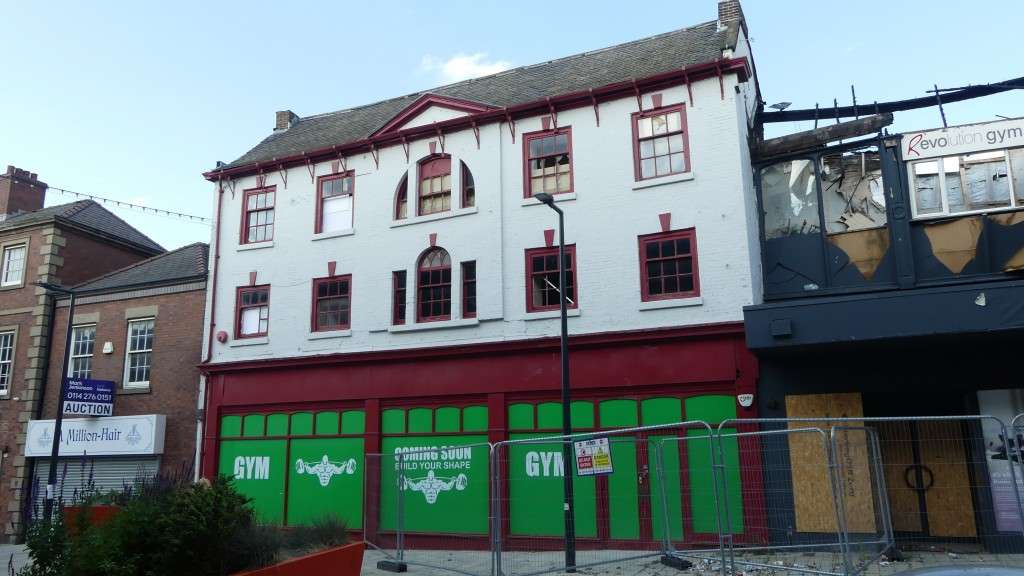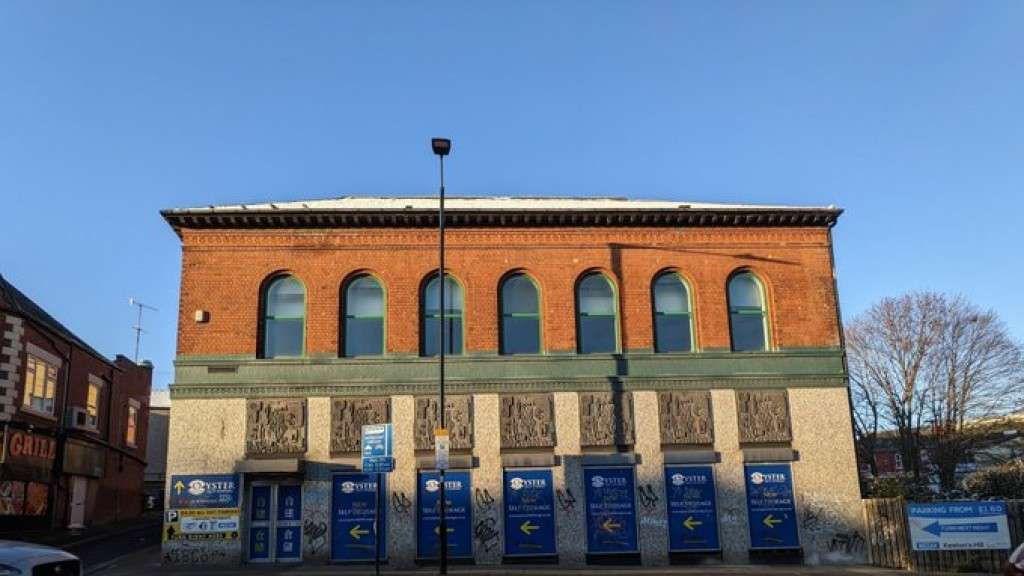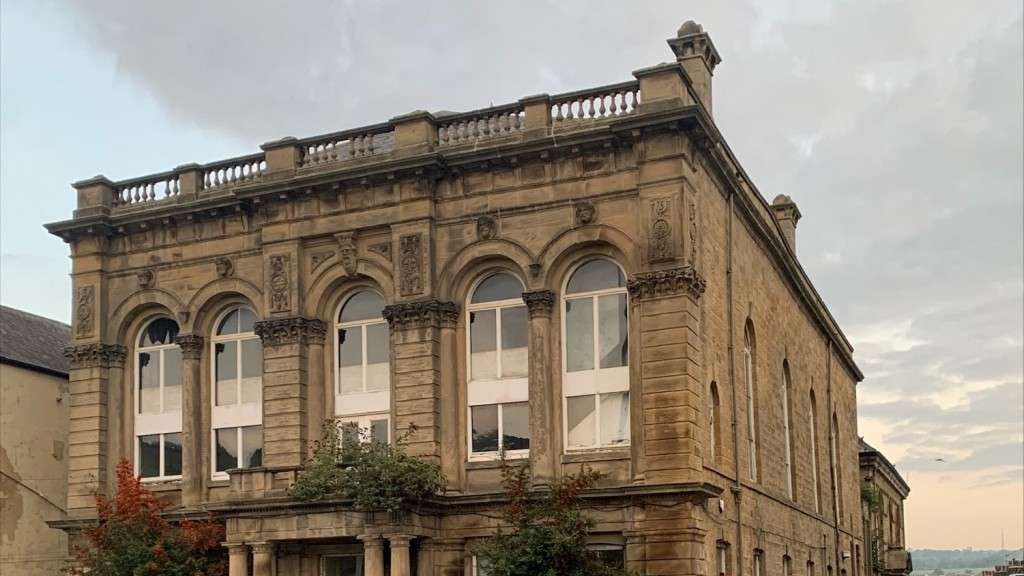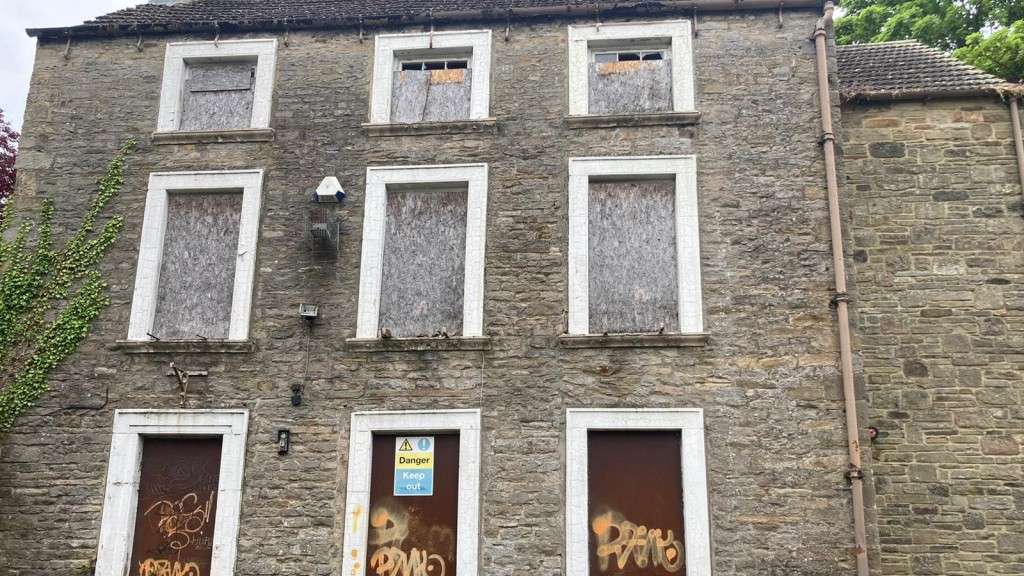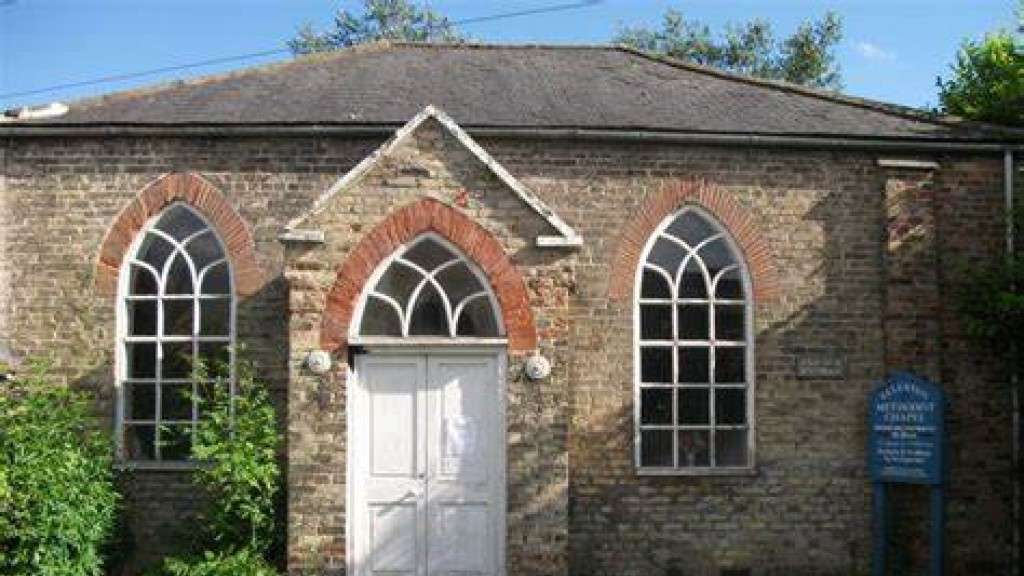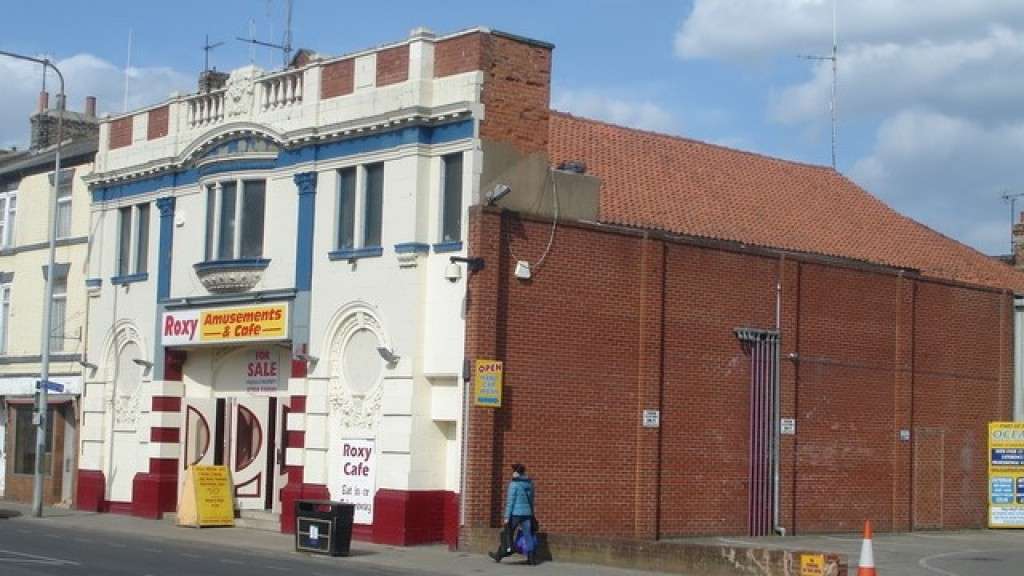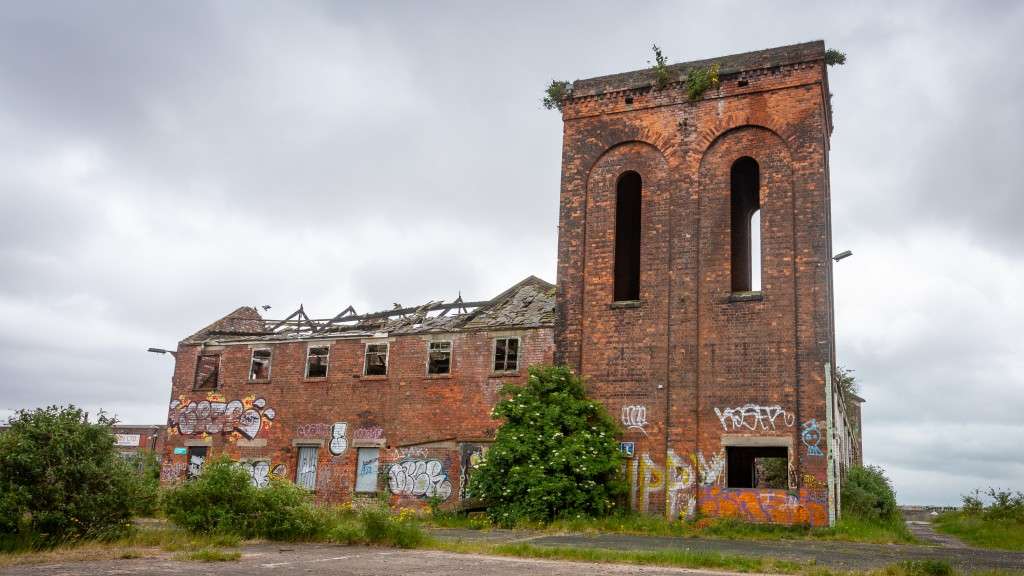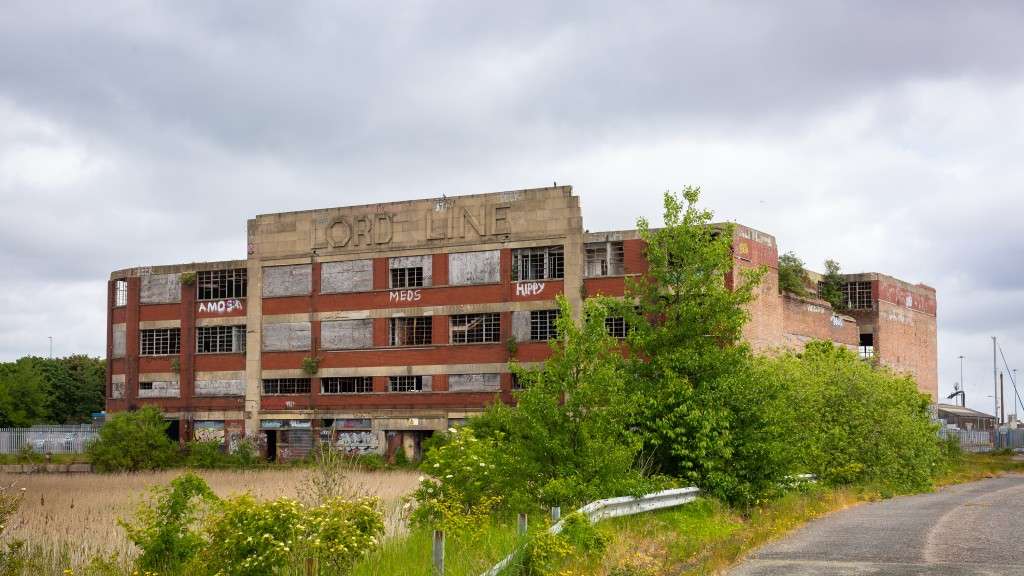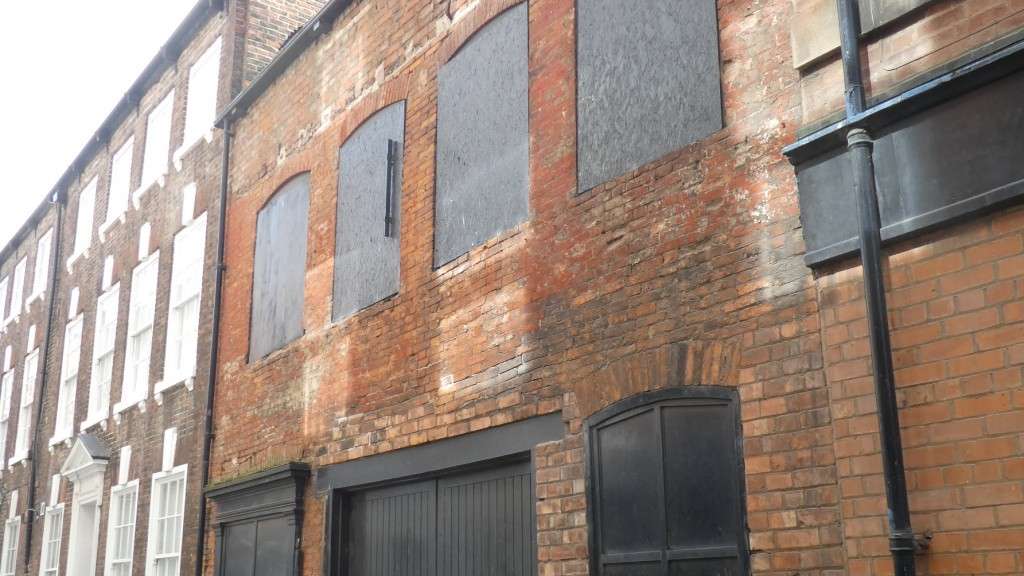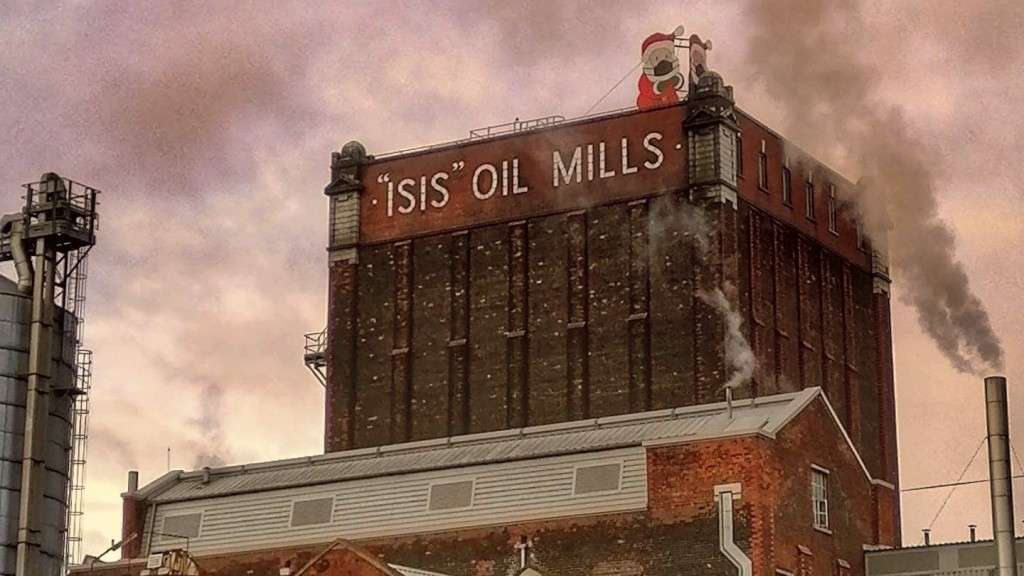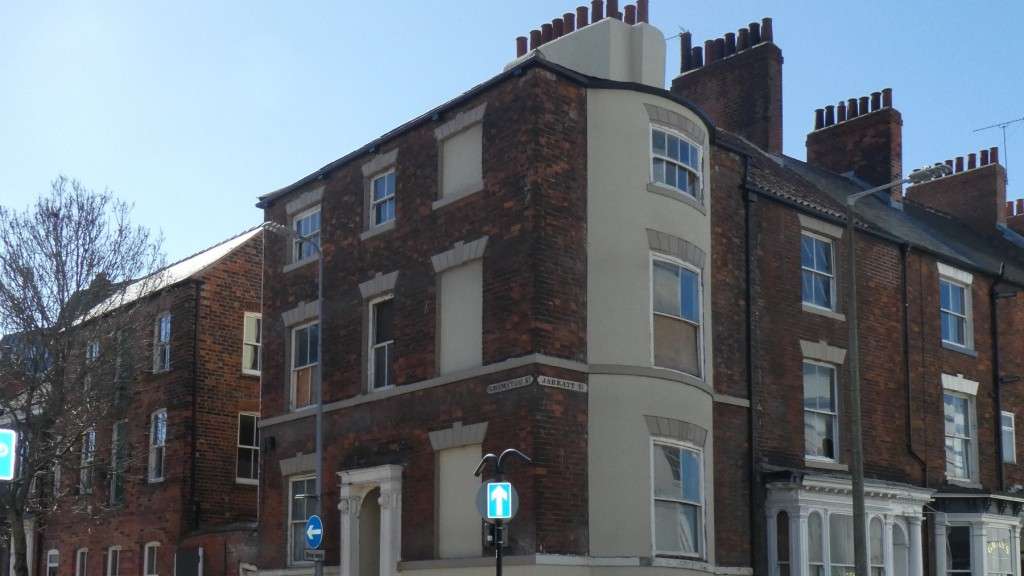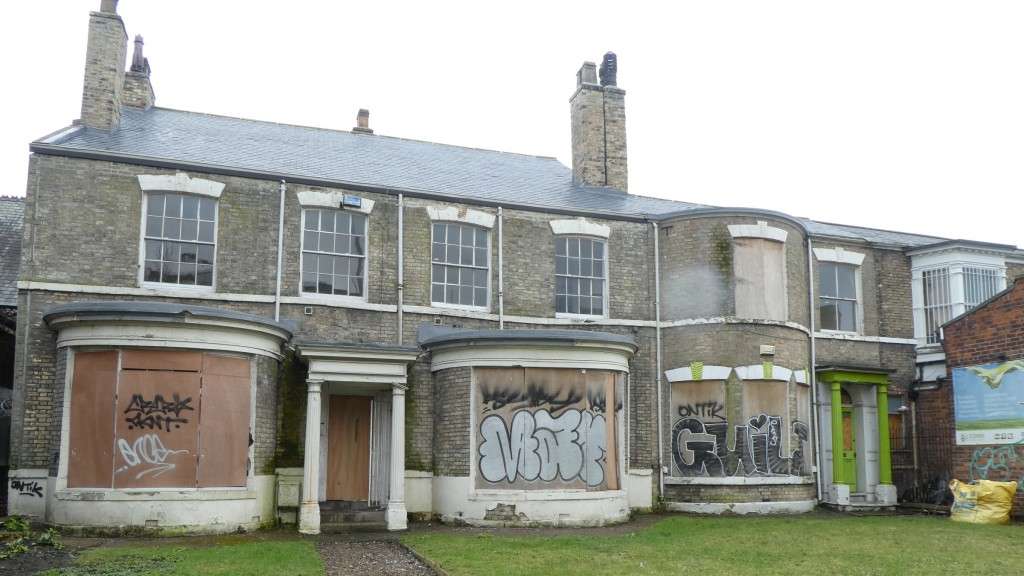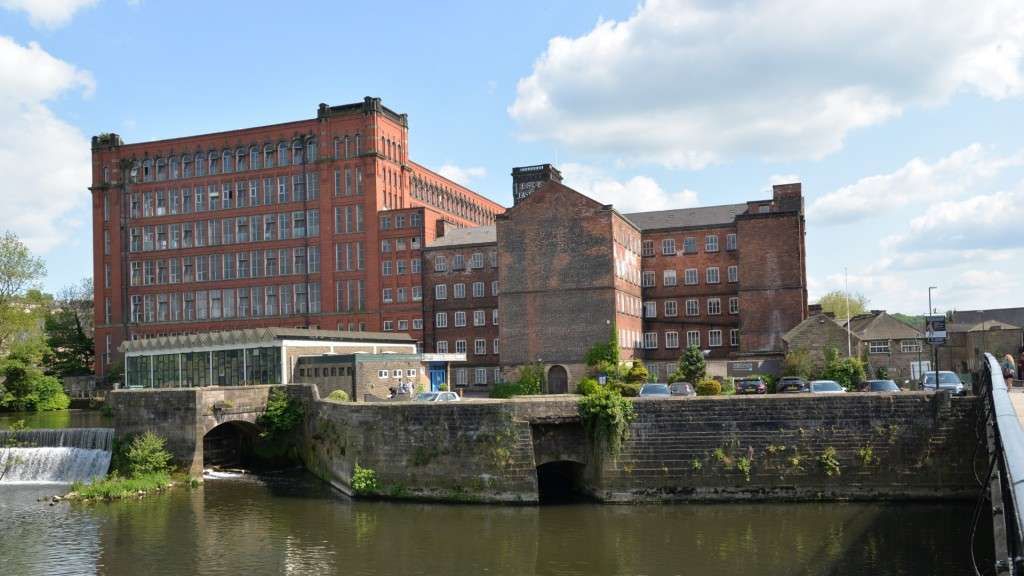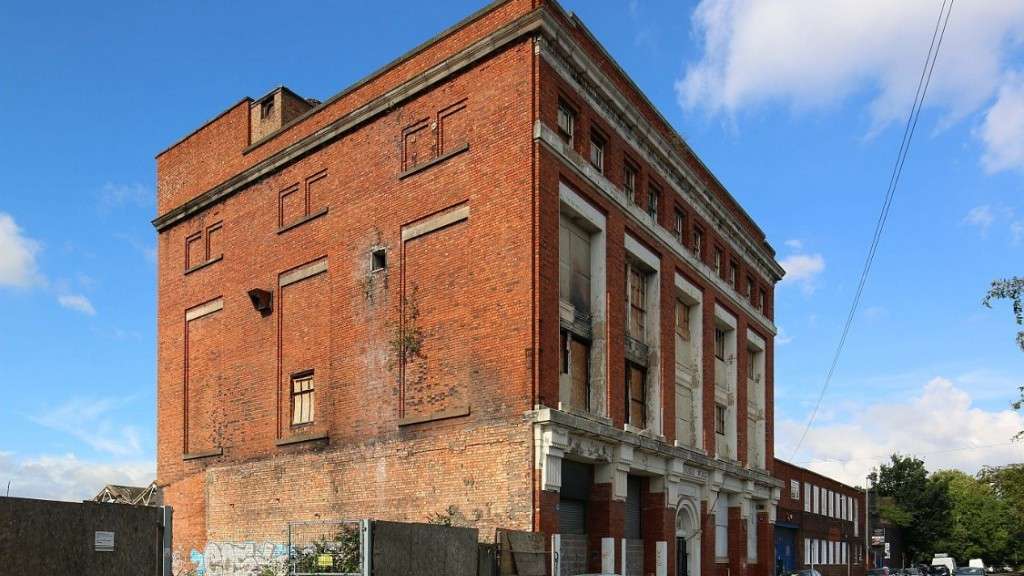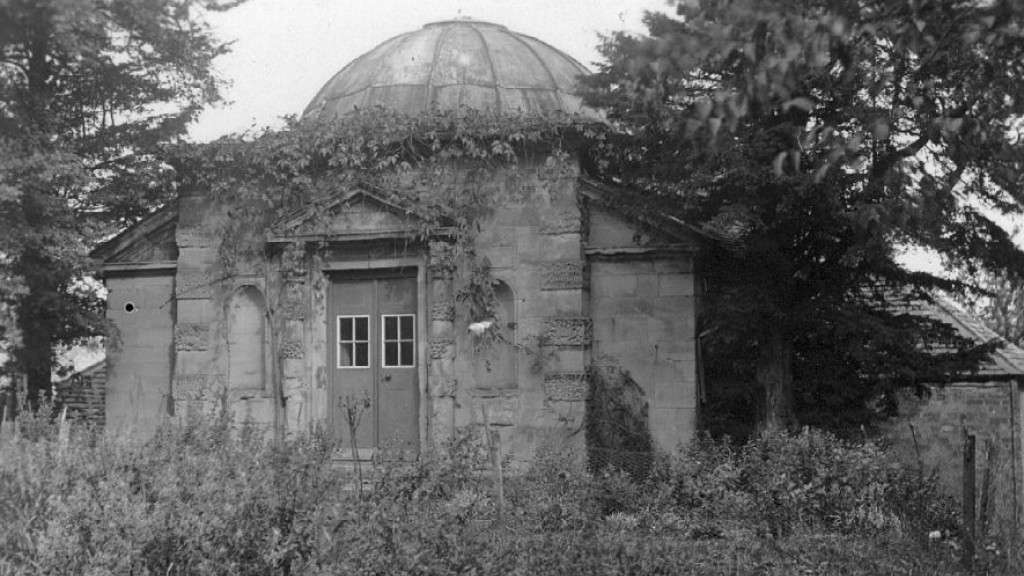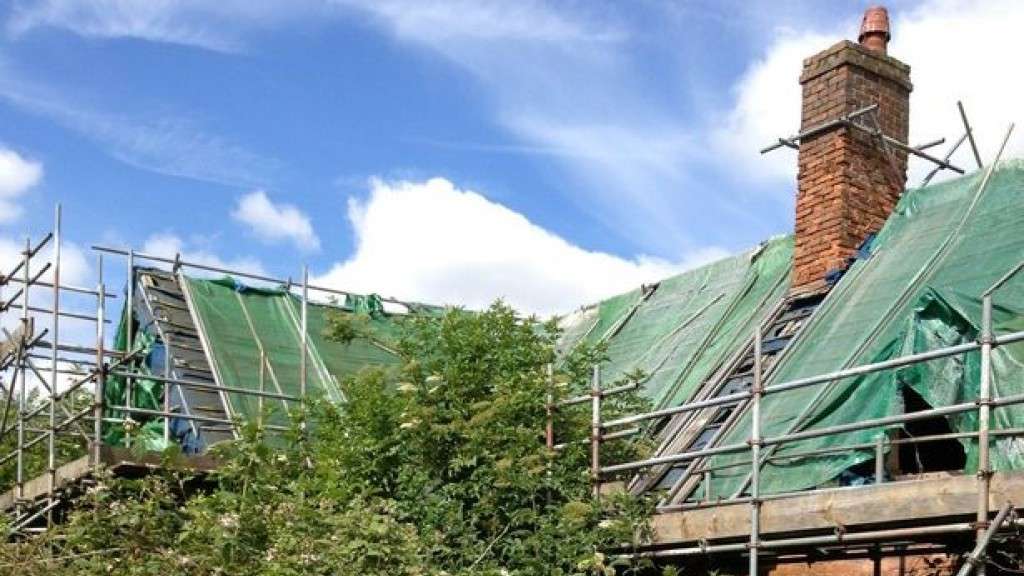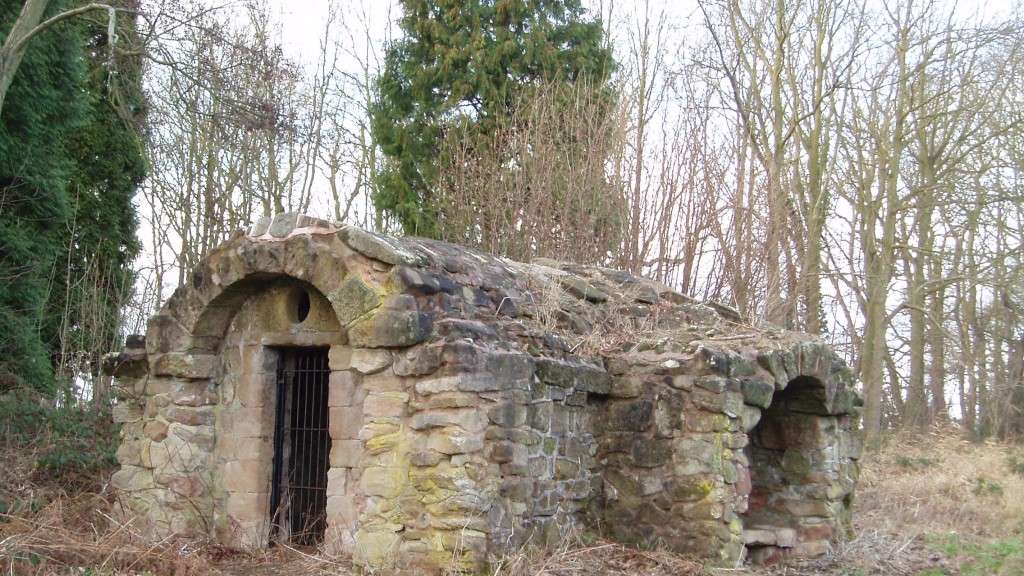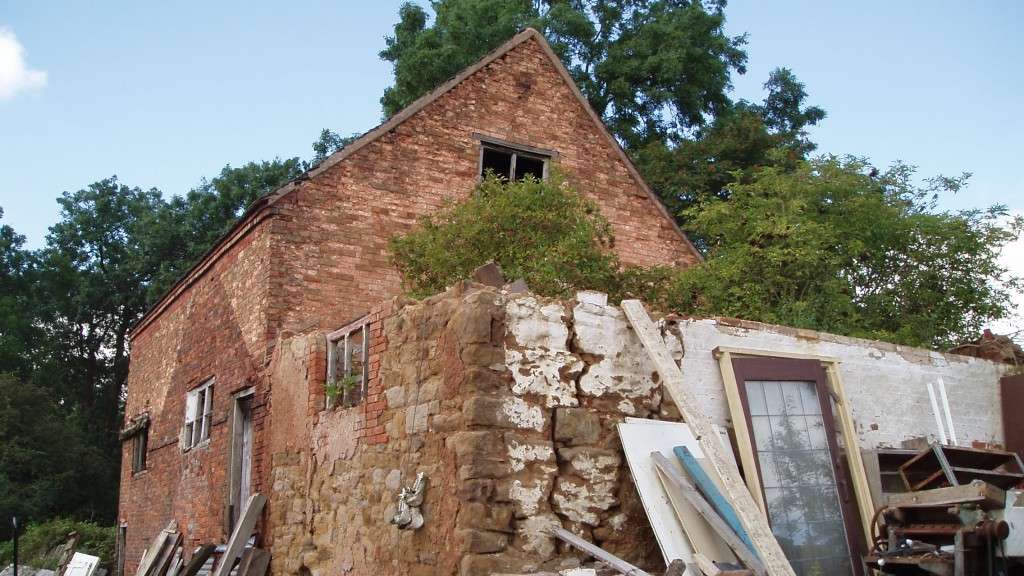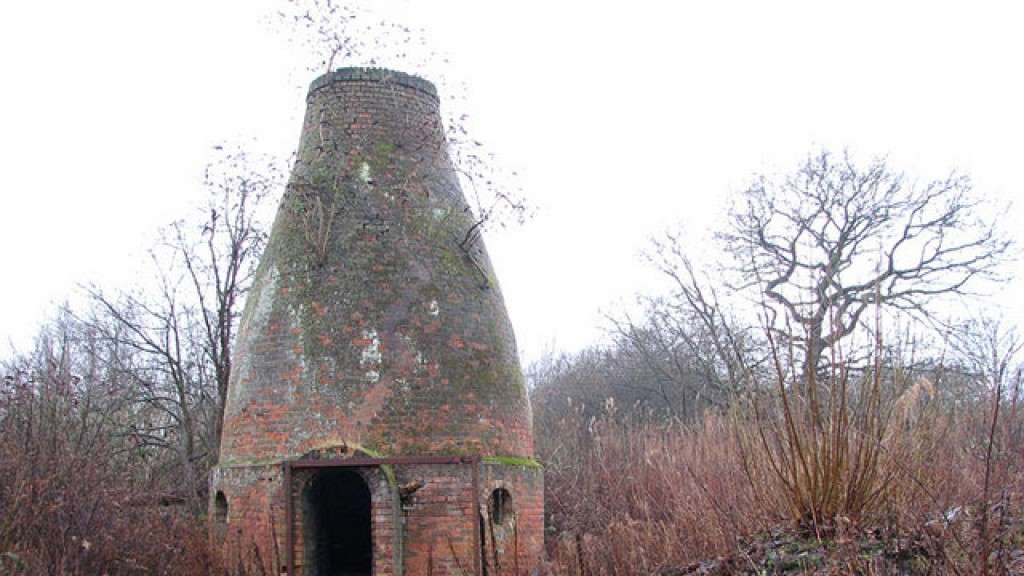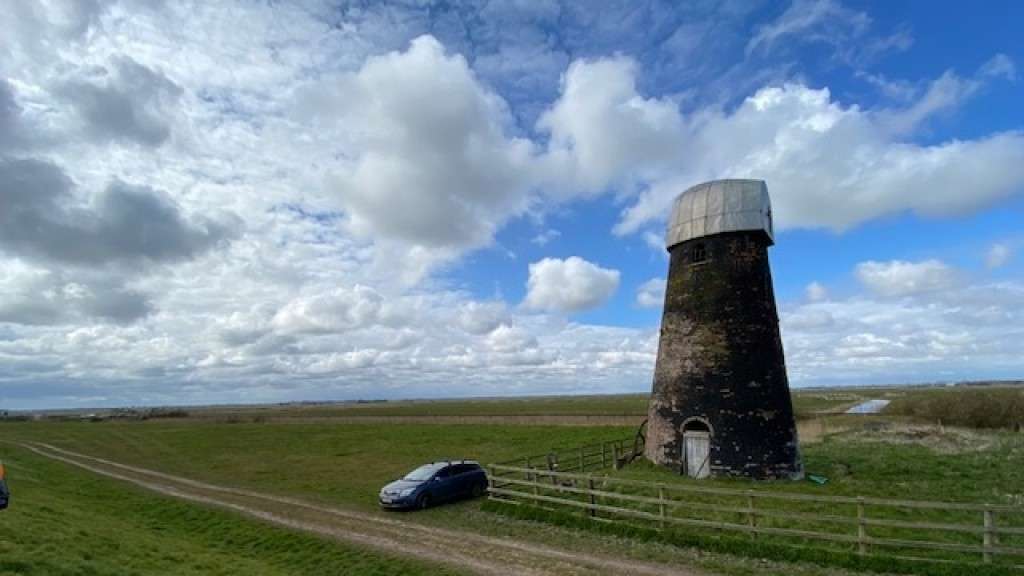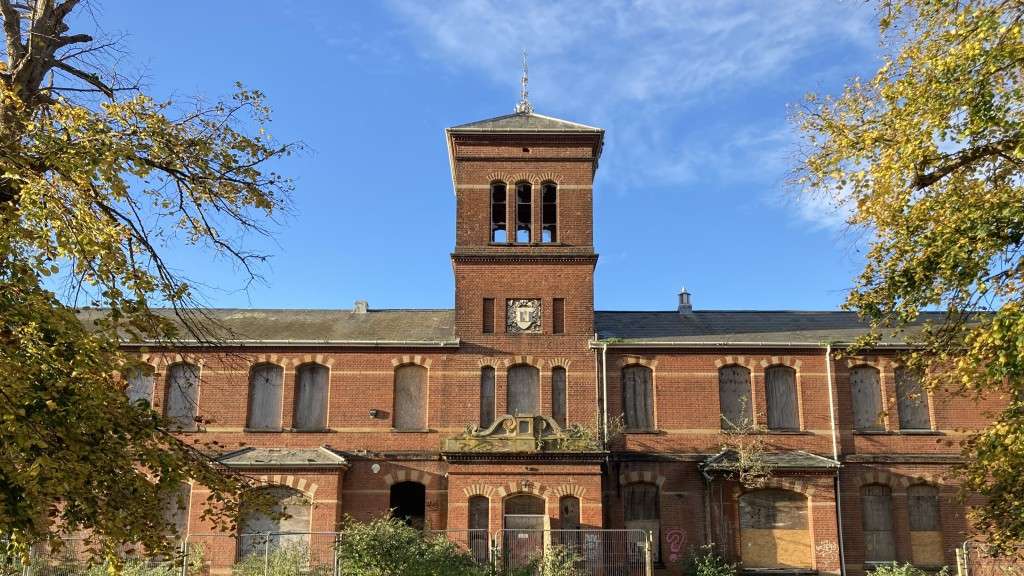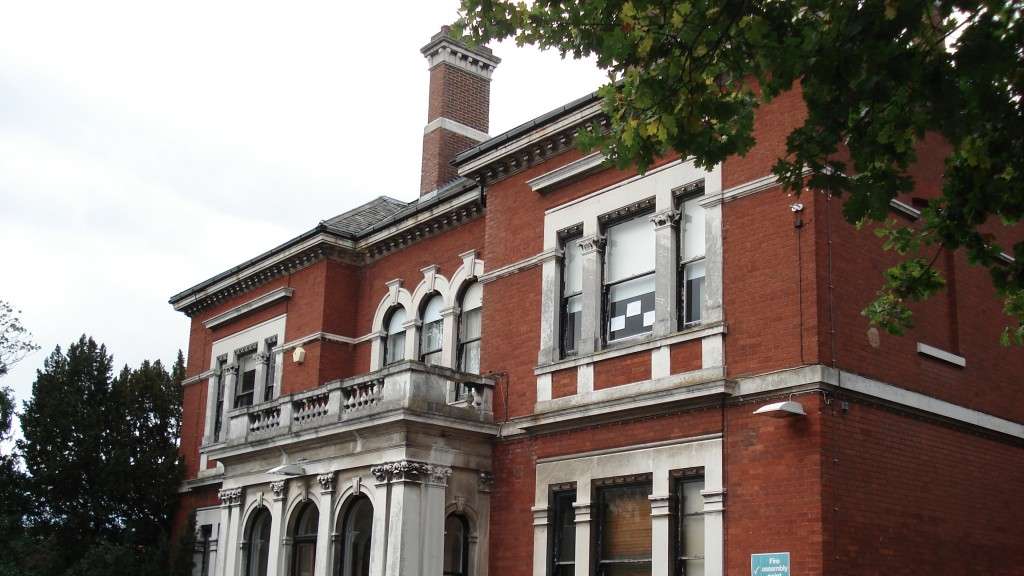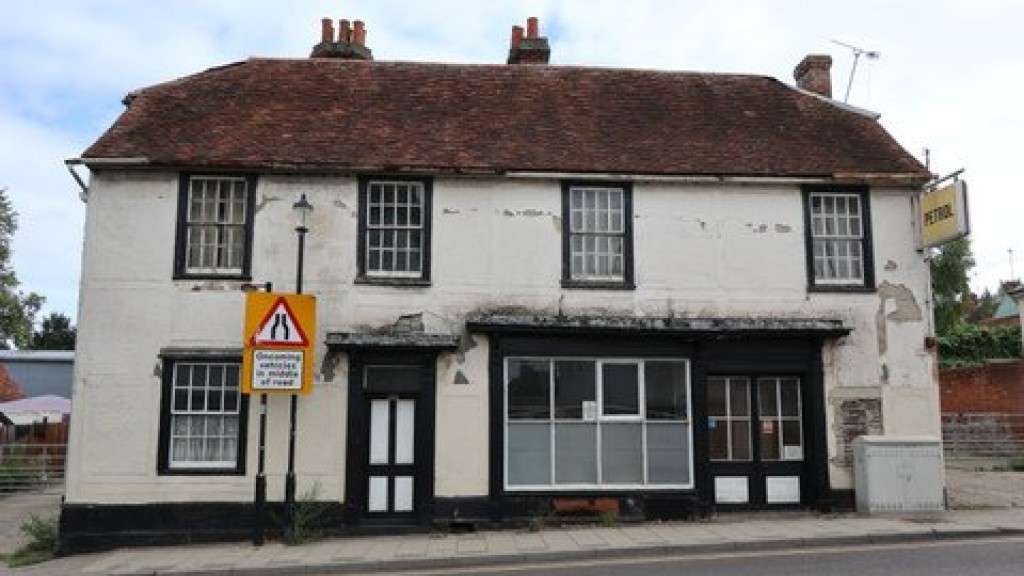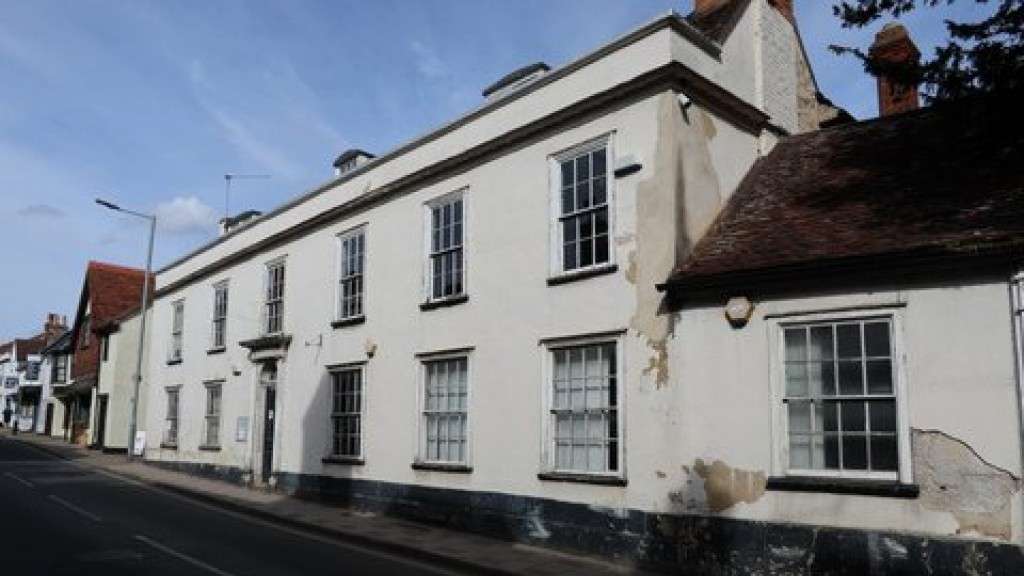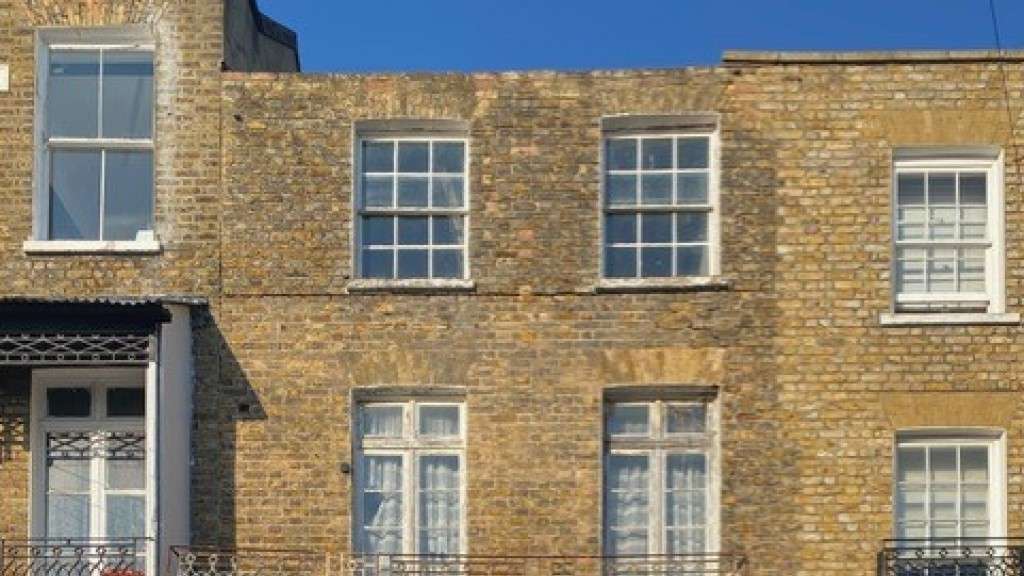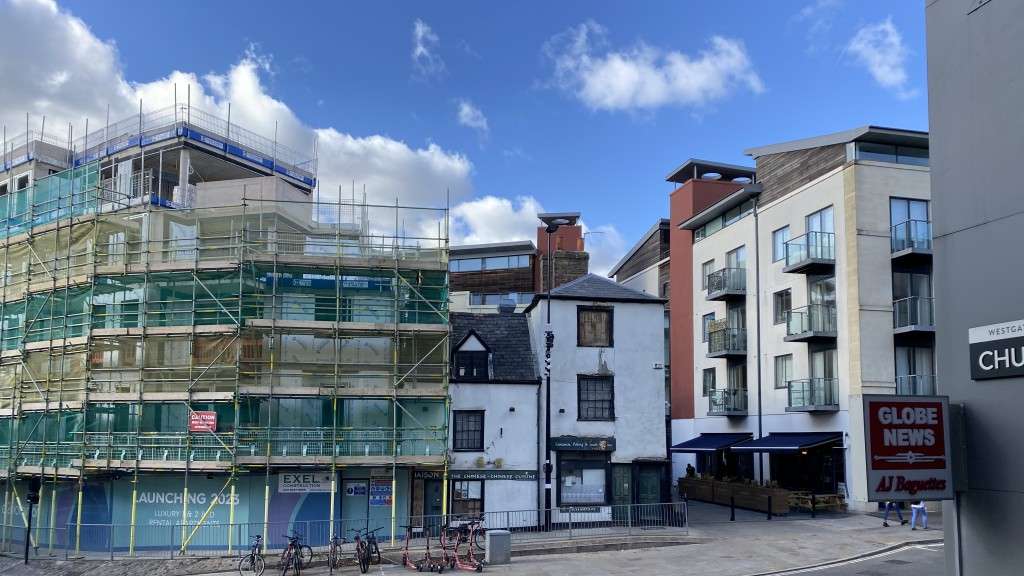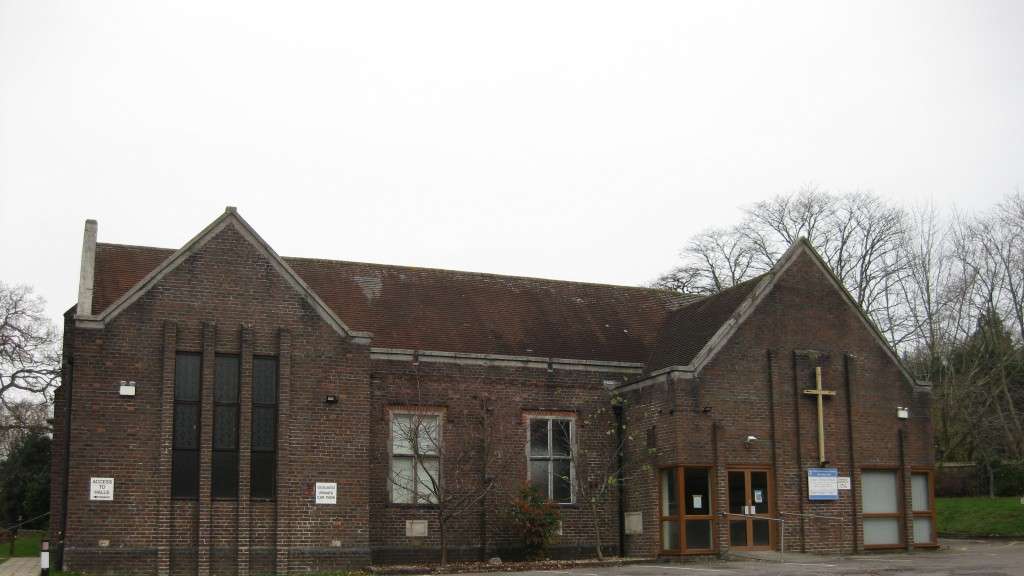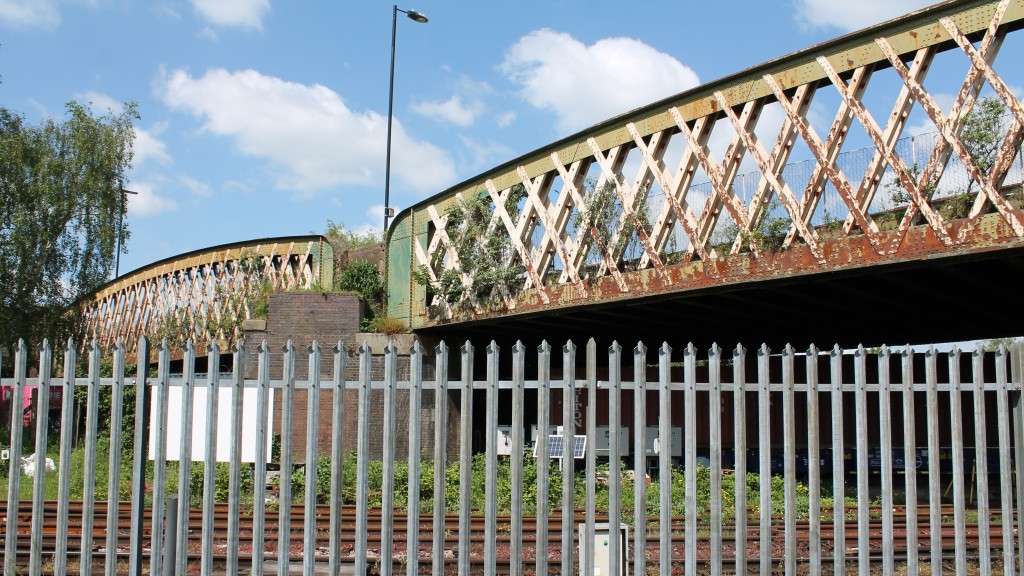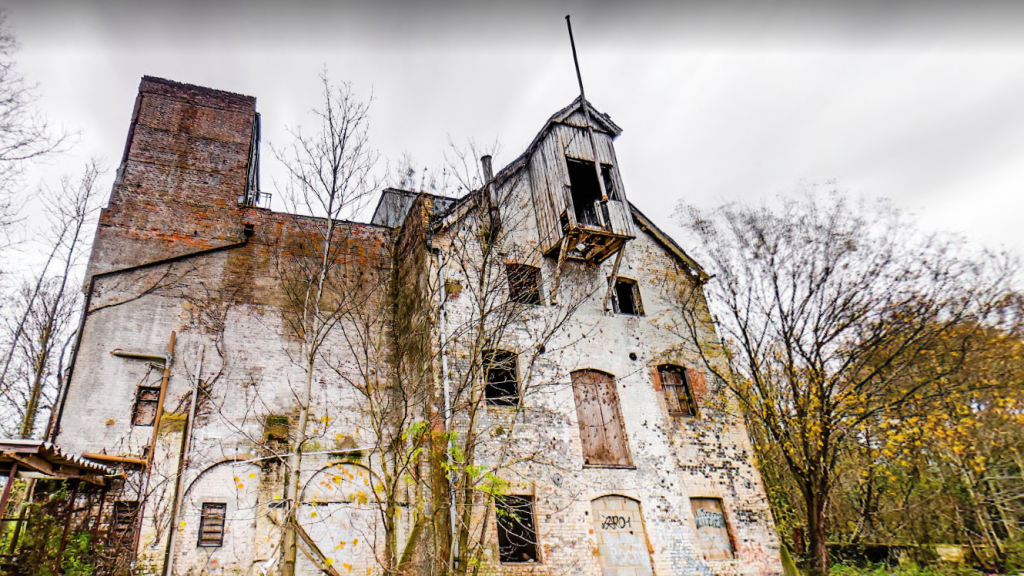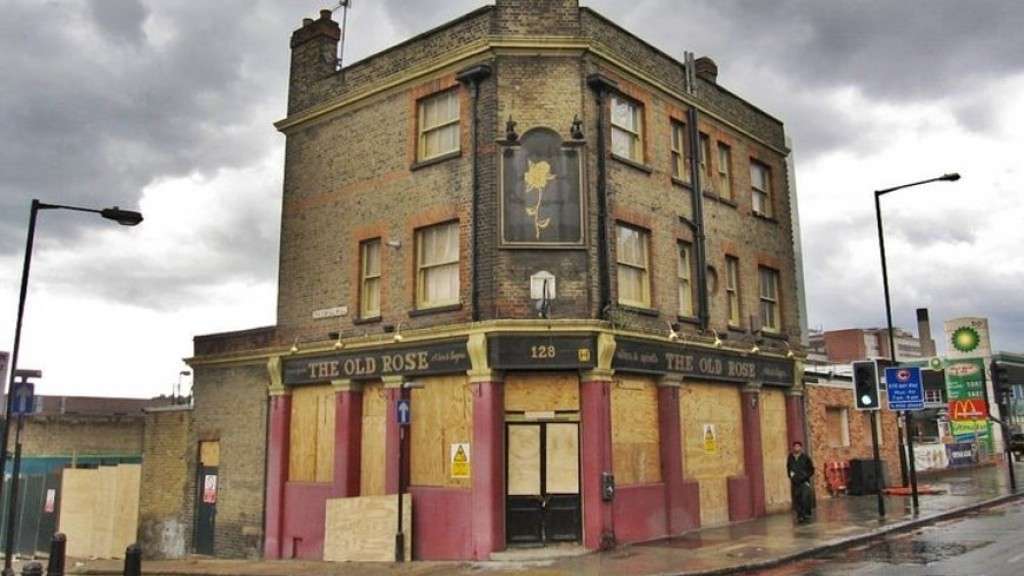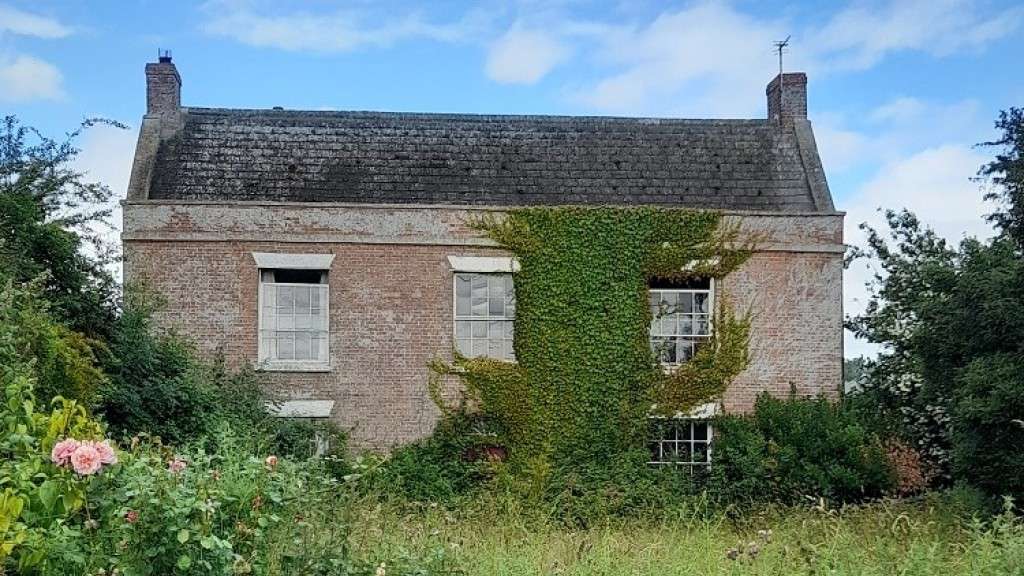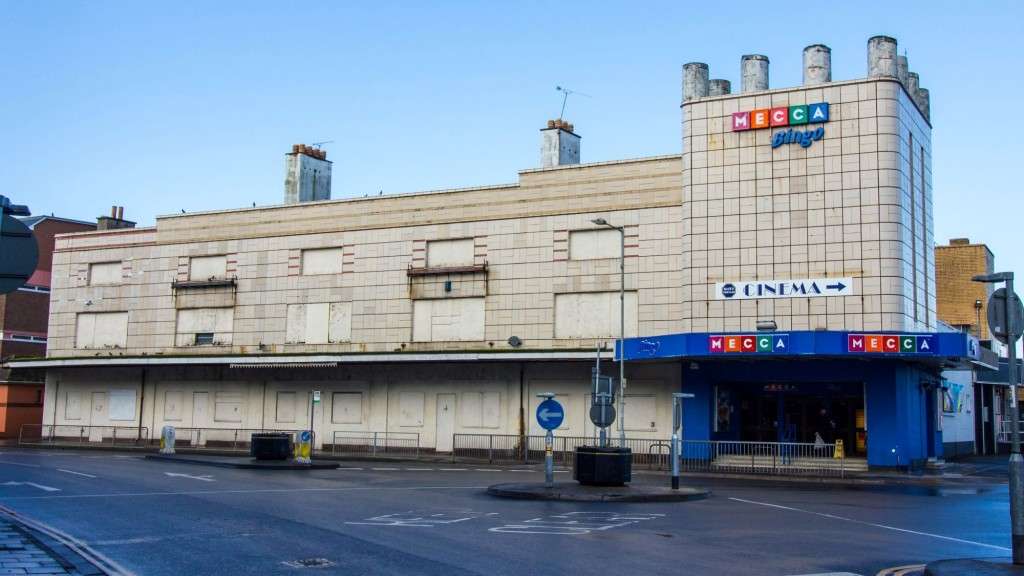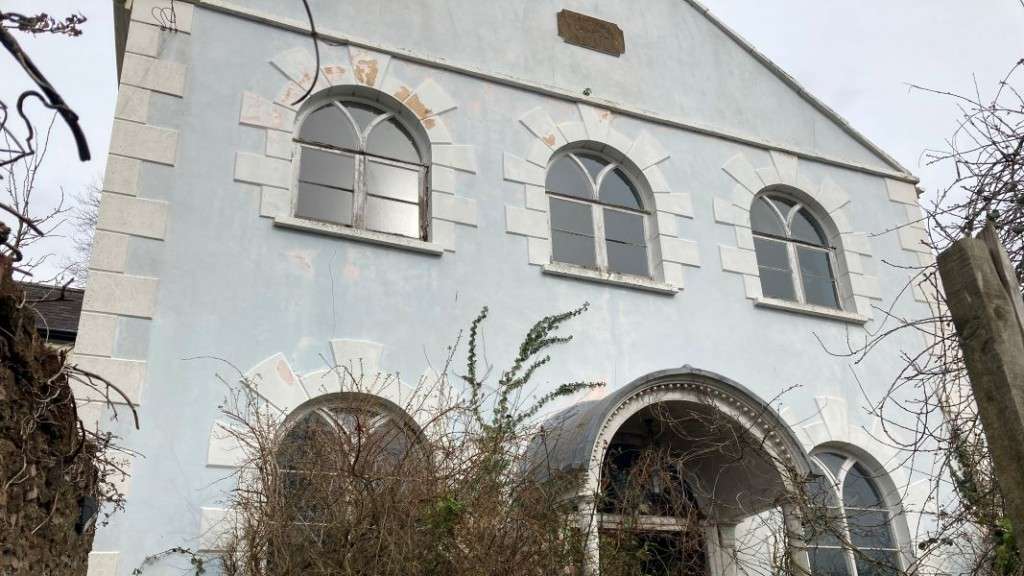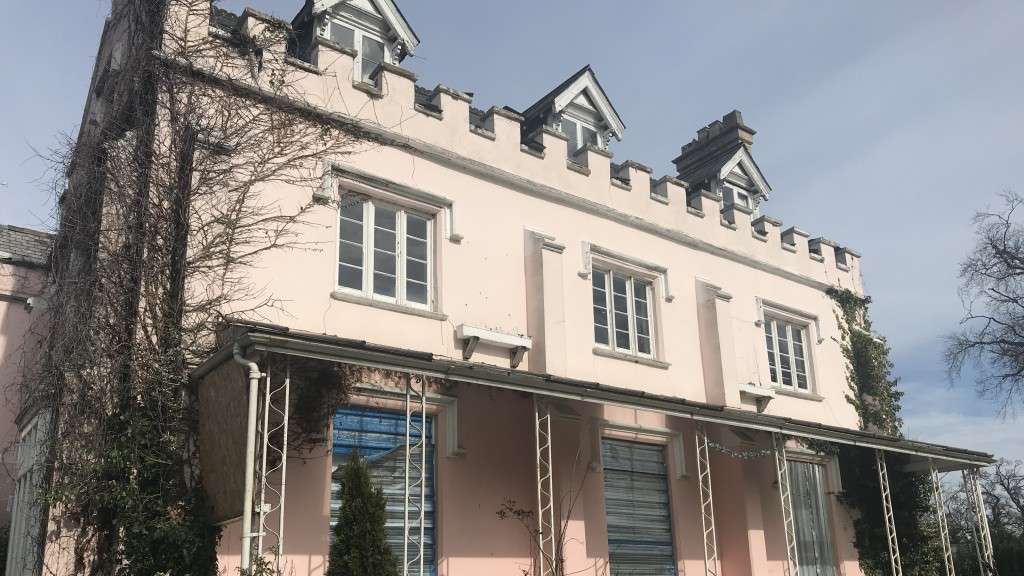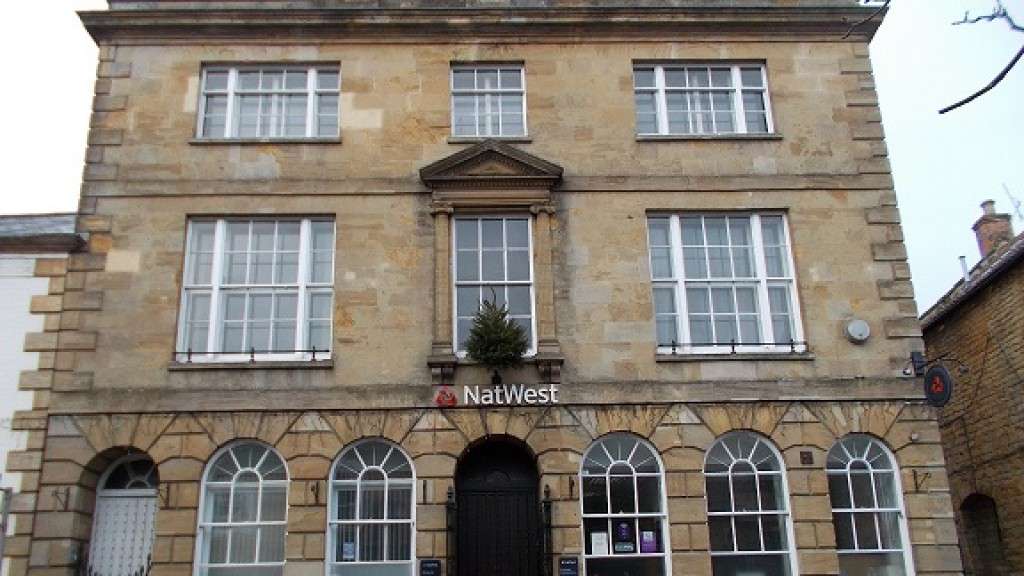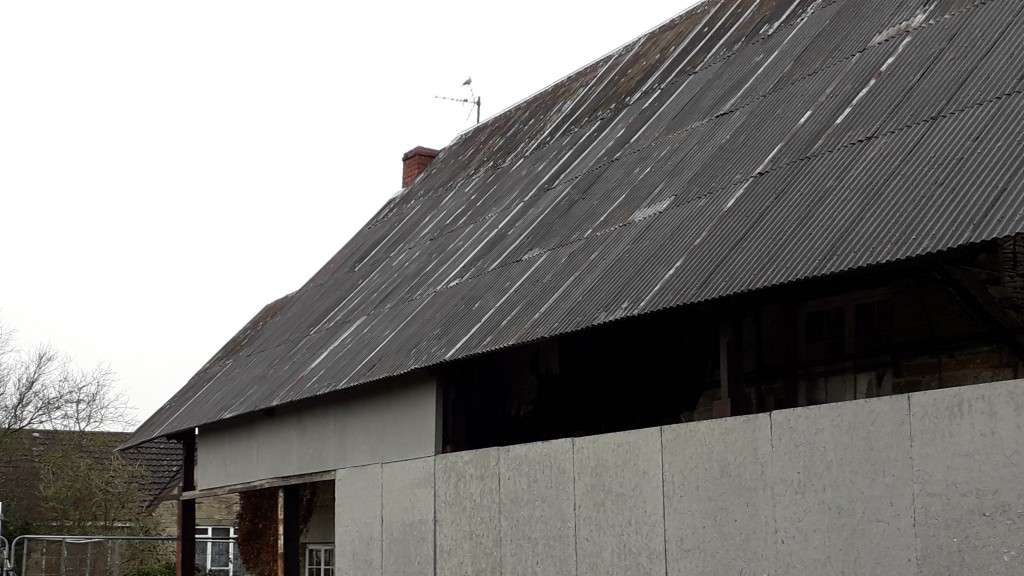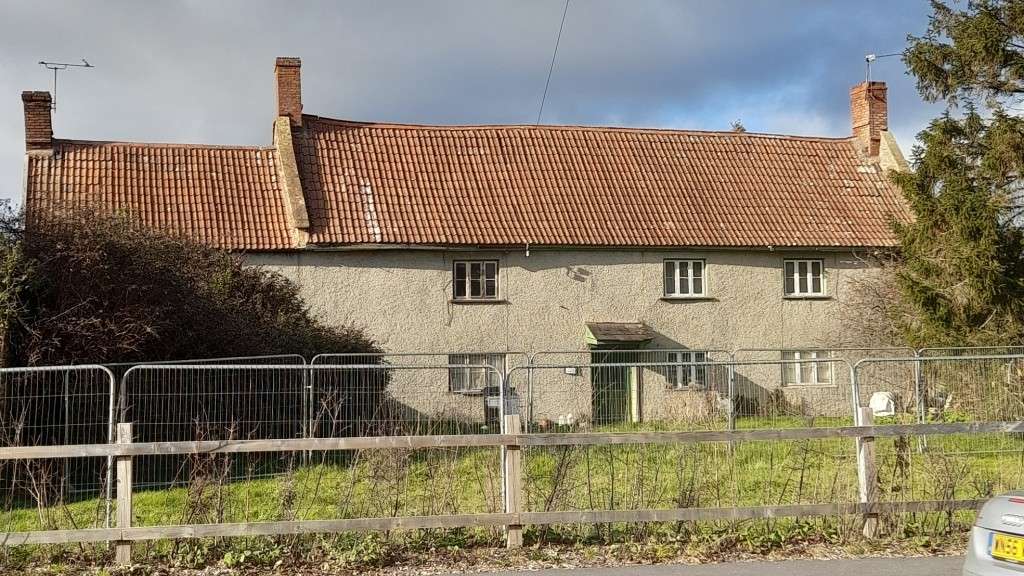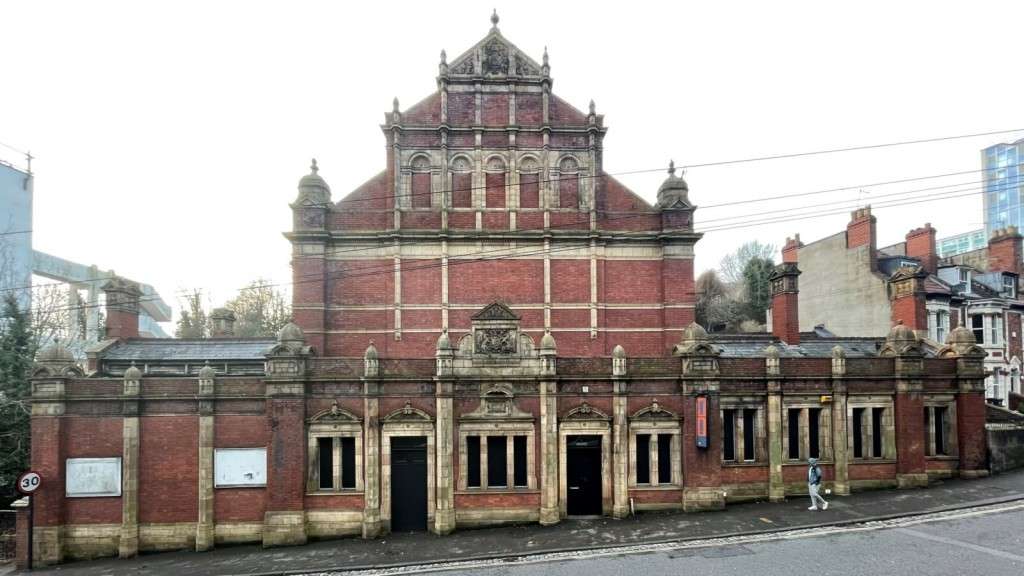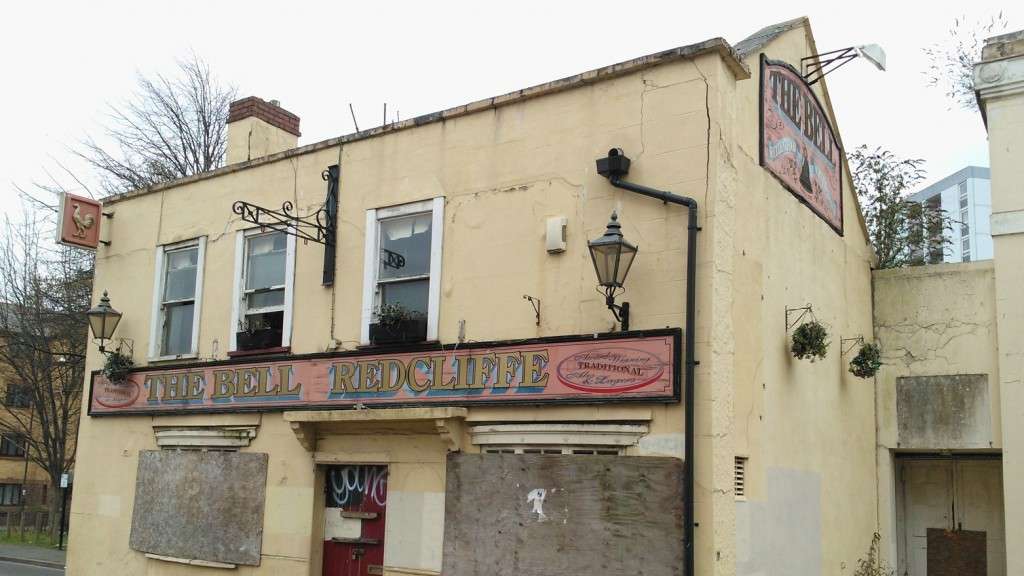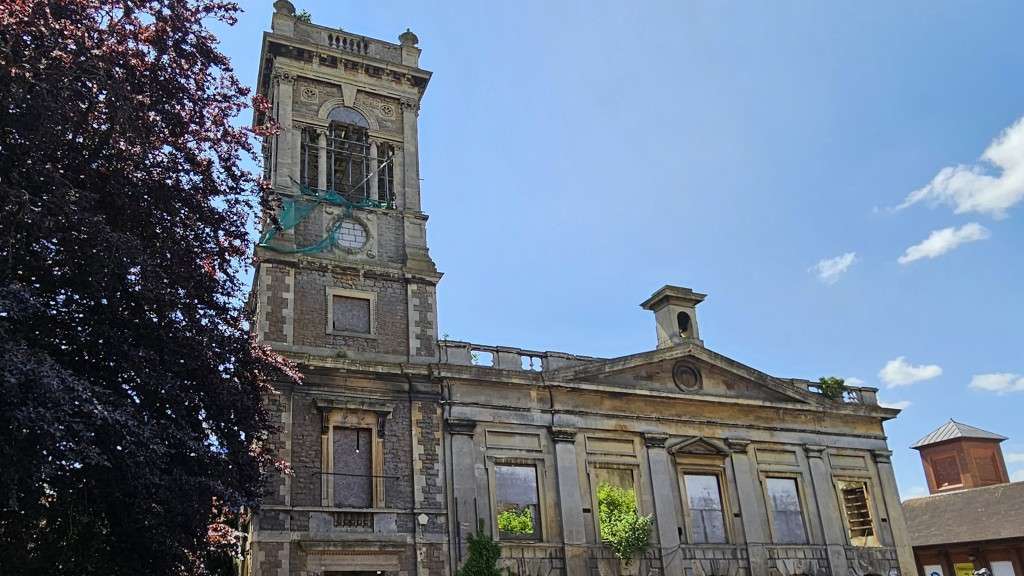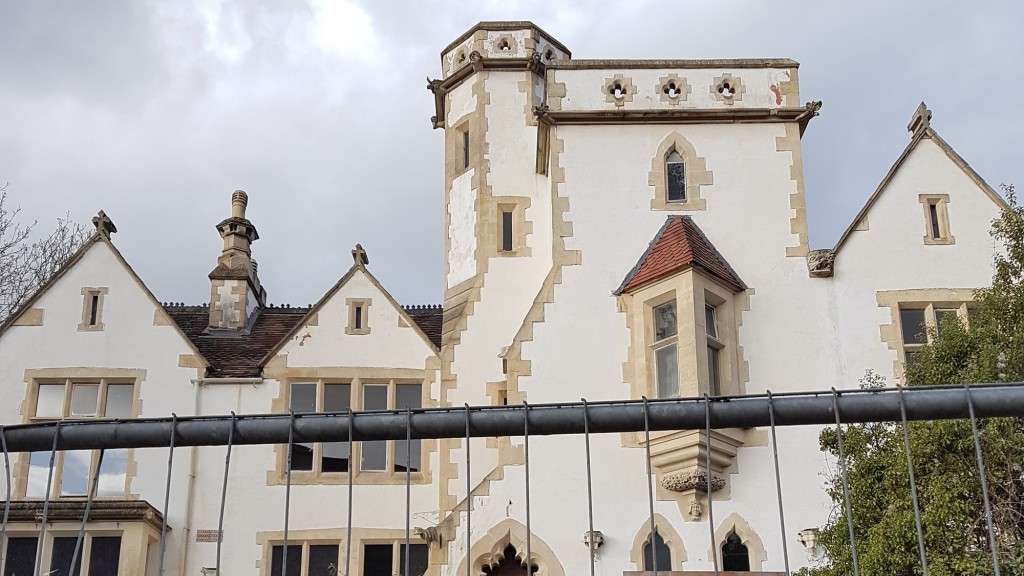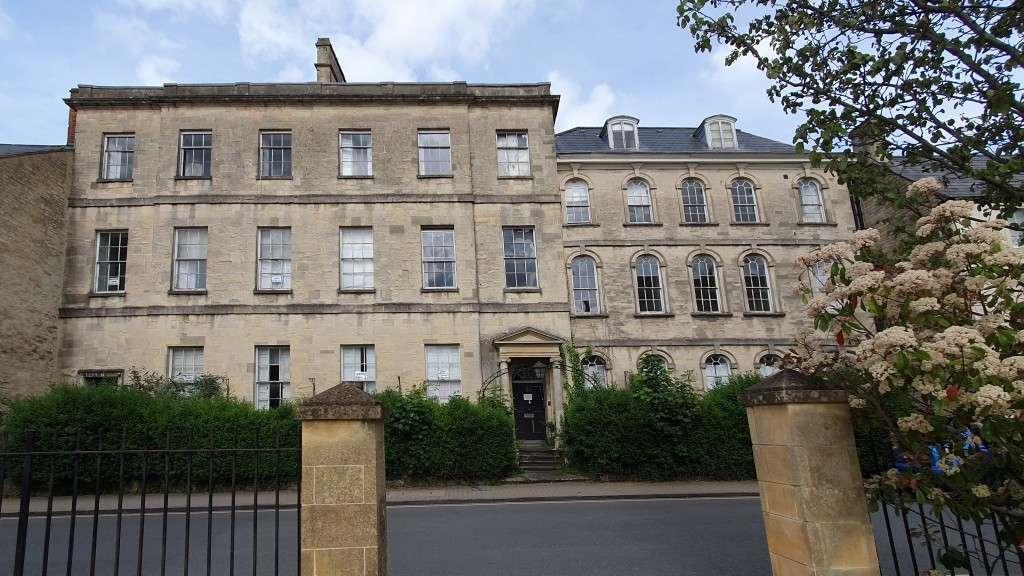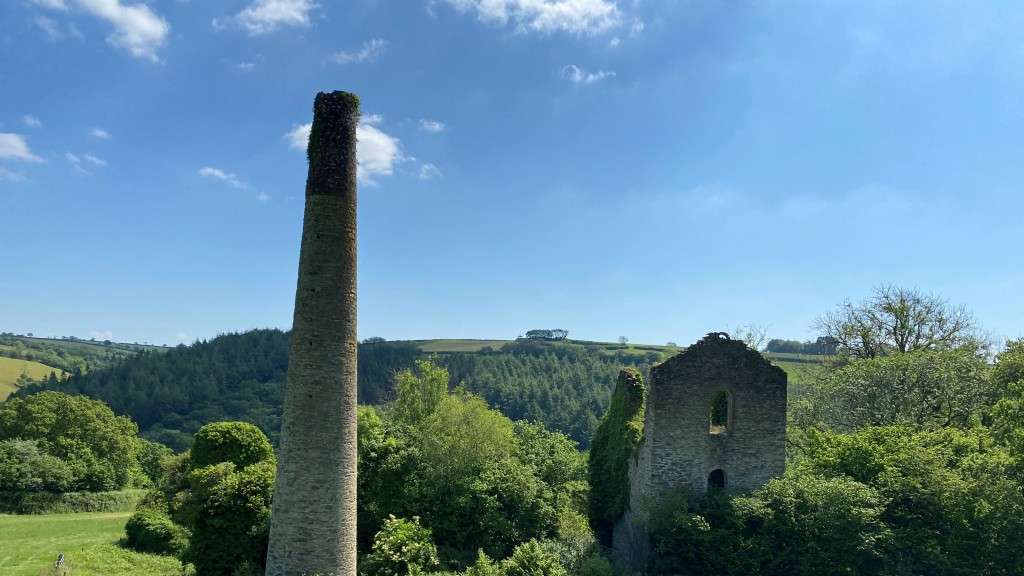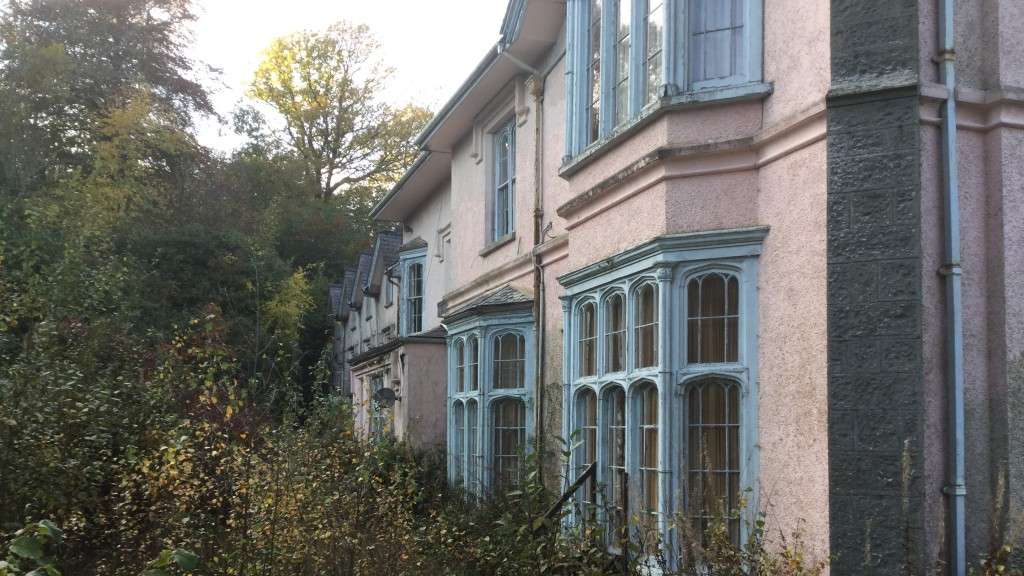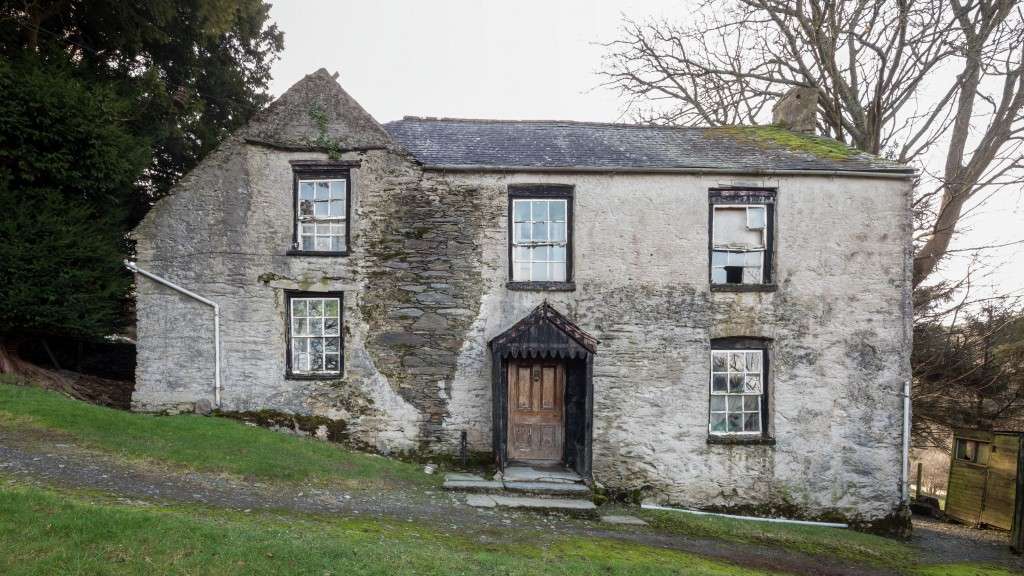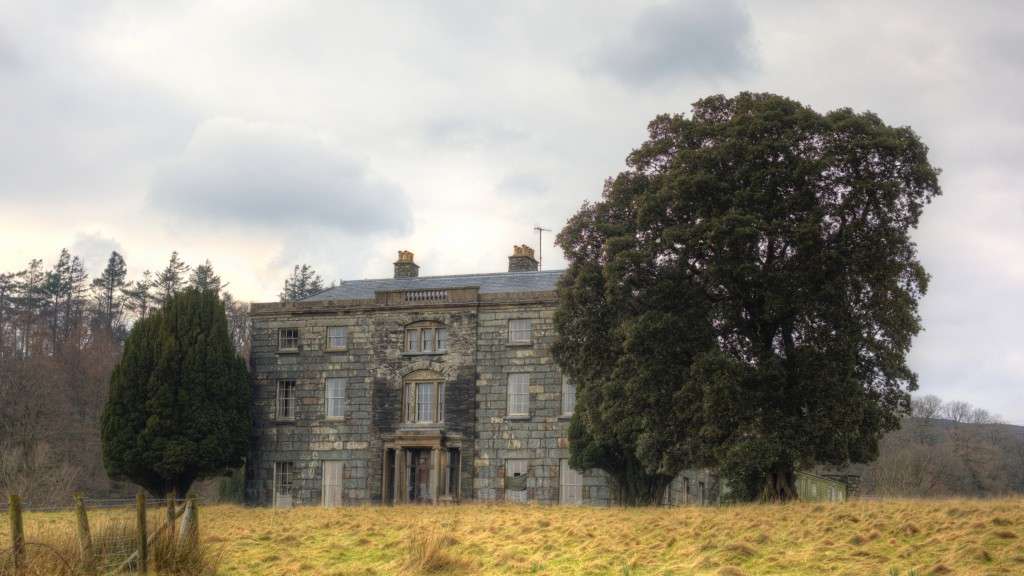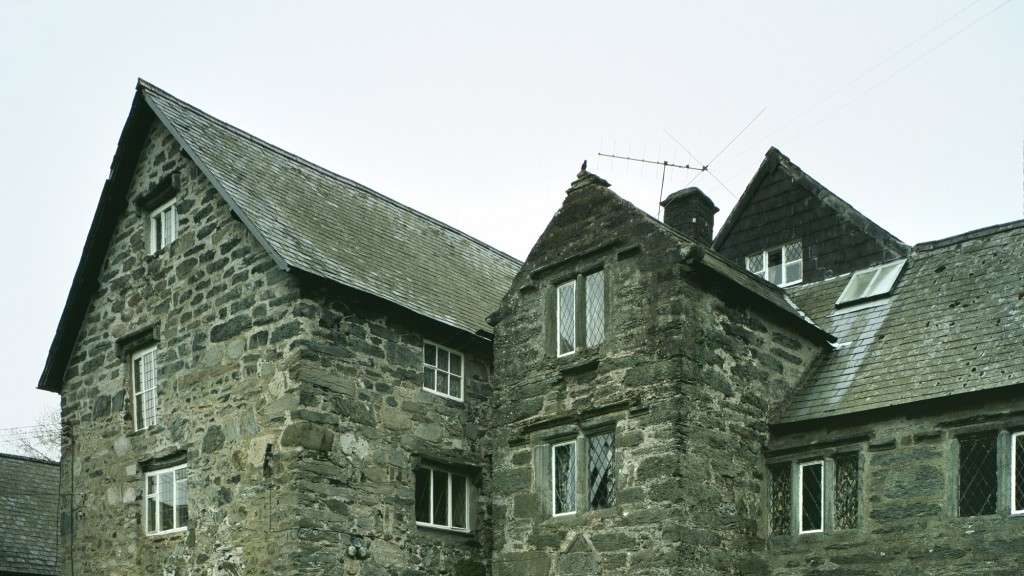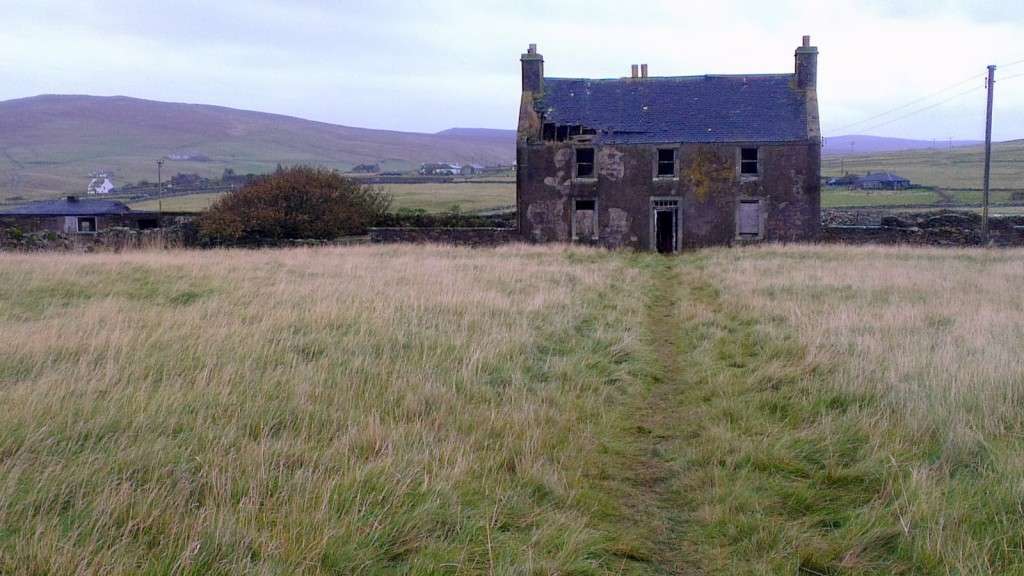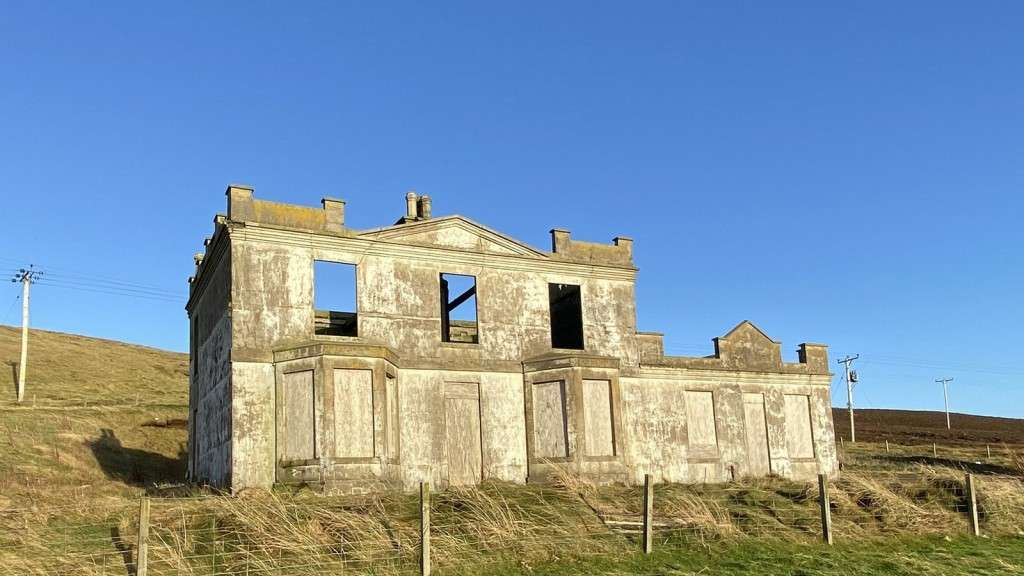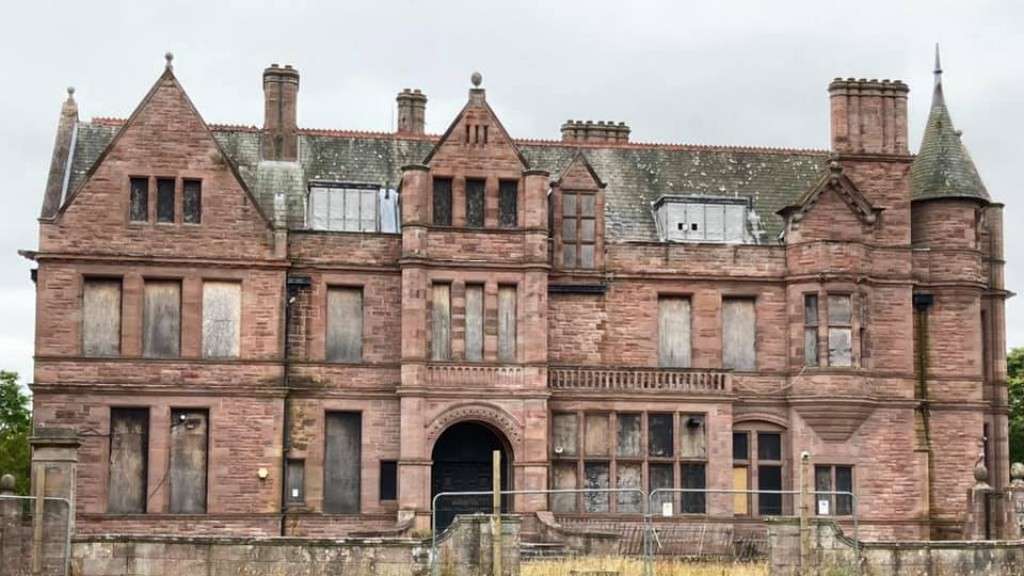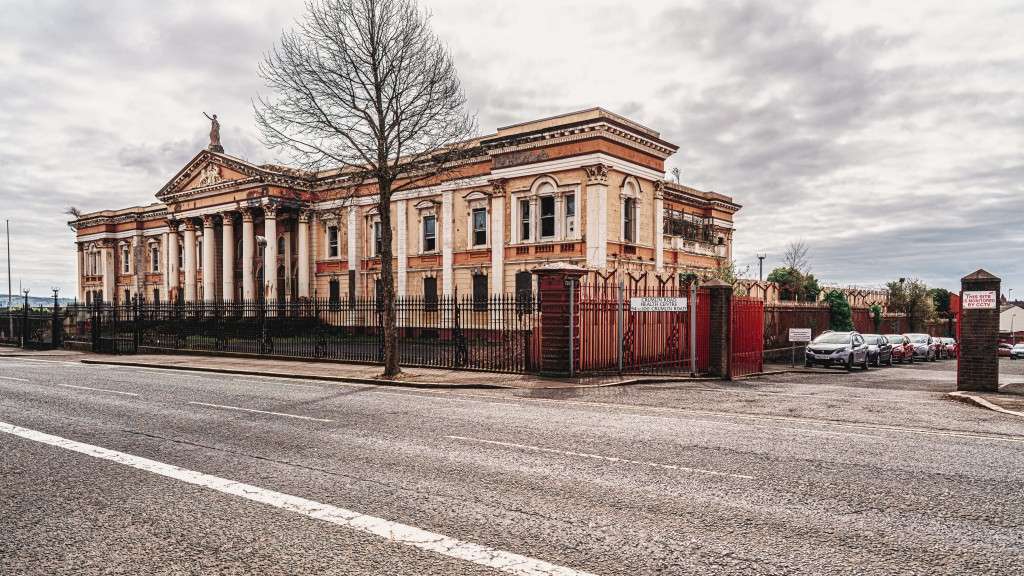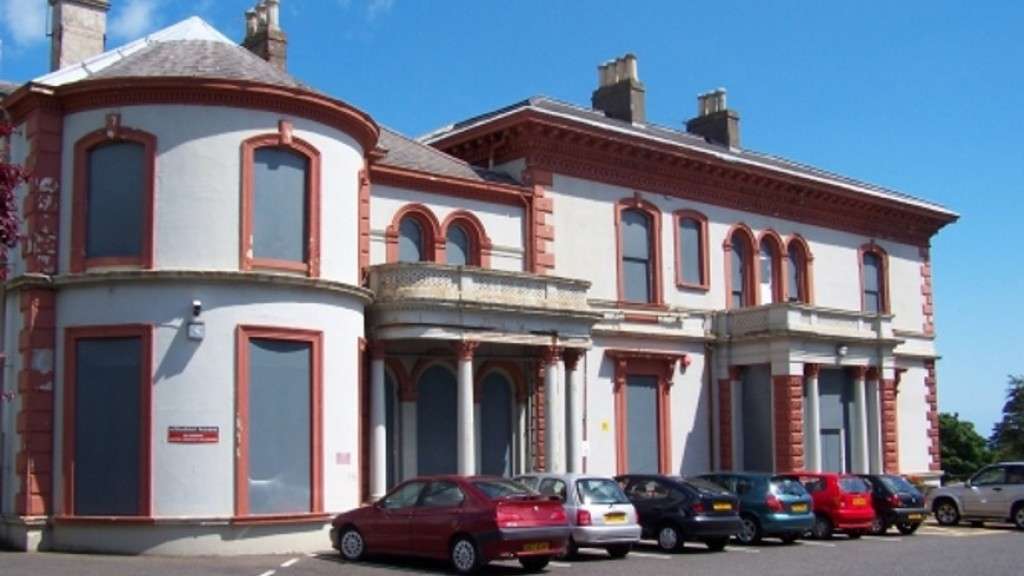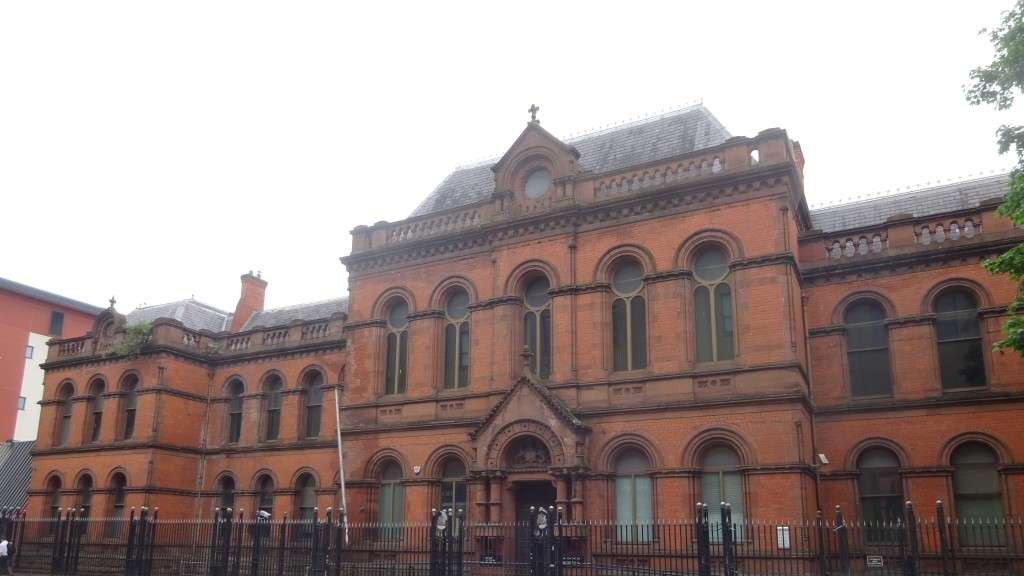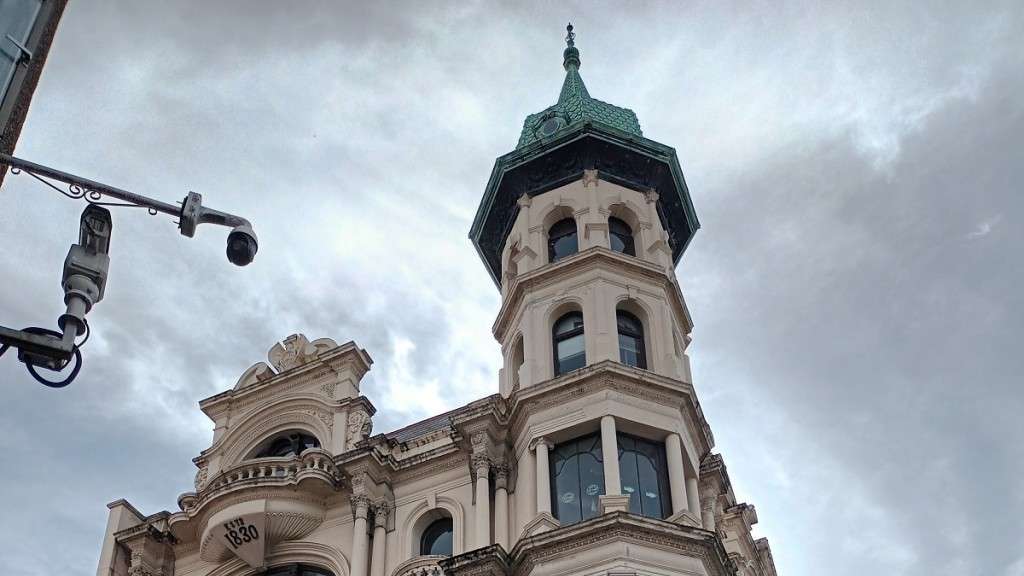Reuse Me, Don't Lose Me: 2023 Buildings at Risk New Entries List
SAVE Britain's Heritage has added nearly 70 new entries to the Buildings at Risk register, bringing the total number of empty historic buildings at risk of demolition or dereliction on the register to over 1,400. This article provides a handy snapshot of the new entries with a small photo and brief summary. Full entries and more photos appear on the main register.
SAVE's Buildings at Risk register is in its 34th year and exists to bring disused historic buildings of all ages which could be repurposed to national attention. Nominated by our supporters, local campaigners, conservation officers and other heritage professionals, these are places that matter to us all and deserve wider recognition. The register is a national platform for raising awareness of neglected historic buildings and advocating their reuse as a means to ensure their survival. At a time when this is high on the nation's agenda, finding sustainable new uses for historic buildings could not be more important.
Full entries and more photos appear on the online register which is available to Friends and Saviours of SAVE. Click here to join SAVE.
Please contact Liz Fuller, our Buildings at Risk Officer, liz.fuller@savebritainsheritage.org, for any enquiries about the register. Entry details correct at time of writing. We welcome update information.
Withy Grove Stores, 35-36 Withy Grove, Manchester M4 2BJ: In Manchester's Northern Quarter Withy Grove Stores looks largely abandoned and derelict, although the ground floor is occupied. The family business has been here since 1840. Fine architectural detailing mark the building out but it is the only survivor of the other Victorian industrial and commercial buildings on this street that have been lost. Highly functional, this distinctive and handsome building could be turned to a mix of uses.
Carlisle Turkish Baths, James Street, Carlisle, Cumbria CA2 5AH: Carlisle Public Baths and Washhouse opened in 1884; the Turkish Baths were added in 1909 and a ladies’ waiting room and slipper baths opened in 1920 to complete the Public Baths. The interior of the Turkish Baths is a delightfully lavish confection of tiling and glazed faience by Minton Hollins of Stoke with terrazzo flooring and marble bench tops. Closed by the Council, a local group hope to take it on and bring it back into use.
Tynemouth Library, 36 Front Street, Tynemouth, NE30 4DZ: Standing on Tynemouth's historic high street lined by the mellowed brick of 18th and 19th century houses, a stone's throw from the Priory, this former 18th century townhouse is set to be demolished. In its place, a larger copy of the building is due to be built to house a library, small flats, a commercial unit and an accessible toilet. Its character will be lost from this historic location despite potential for reuse and we have included it to highlight the threat to similar buildings .
Moor Houses Farmhouse and attached West Range, near Allendale, Northumberland, NE47 9DW: In sweeping moorland near the Tyne Valley village of Allendale, this abandoned grade II listed farmhouse has origins stretching back a long way and reflects the turbulent history of this area. The listing entry records this as a bastle house, or fortified house, of the late 16th or early 17th century. This semi-ruinous building could be saved if it were brought back into use as a house or shelter.
The Ropery, Hexham, Northumberland NE46 1QB: One of only three roperies left in the country and built in about 1800, this single storey grade II listed building stretches to over 70 metres in length. Despite this, it has previously had permission to be demolished. Its position right next to the bus station had made it vulnerable. The buses have moved on and now the whole site is up for sale.
31 Bridgegate, Rotherham, South Yorkshire S60 1PL: Built in the mid-18th century, this was once a handsome red-brick five-bay townhouse with a number of distinctive architectural flourishes. Sold at auction in 2020, but still empty, this grade II listed building is suffering from the exodus of retail users from the town centre but has great potential to find a new use.
Highfield Cocoa & Coffee House, 136 London Road, Sheffield, South Yorkshire, S24 LRL: Built in 1877 by Sir Frederick Mappin who was a local philanthropist and Master Cutler, the Coffee House was the first of its kind in Sheffield and opened after successful trials in Liverpool. In the 1950s tiling was installed on the ground floor frontage and then in 1967 frieze panels were added. SAVE have been fighting an application to demolish this important local building.
The Mechanics Institute, 4-8 Cross Green, Otley, West Yorkshire, LS21 1AL: Built in 1870 as an educational institution for the working population, this grade II listed building is a cultured and refined palazzo standing with a back-drop of Yorkshire hills. Disused since 2010, there have recently been two unsympathetic conversion applications. Now dry rot has been discovered and the owners are working with the council to find a solution.
Friary Lodge, 4 Victoria Road, Richmond, North Yorkshire DL10 4DW: Originally a Franciscan Friary founded in 1257, Friary Lodge is now a grade II mainly 18th century house remodelled extensively by the Victorians. It has been empty for over 15 years and is in a poor state. Permission for conversion to 5 flats has lapsed but indicates that there are options for its reuse.
Ellerton Methodist Chapel, Main Street, Ellerton, East Riding of Yorkshire, YO42 4PB: Beguilingly petite and elegantly detailed, grade II listed Ellerton Methodist Chapel was built in the early 19th century in a subdued gothic style. Internally intact, it remains a very original example of a small non-conformist chapel. It has been empty for some years and would need careful reuse to make the most of the interior.
The Roxy, 254 Quay Road, Bridlington, East Riding of Yorkshire Council YO16 4JG: The former Picture House Cinema opened in 1912, a conversion of an earlier Temperance Hall; it is one of the earliest surviving cine-variety houses in England and is listed grade II. It is in partial use as Roxy Amusements & Cafe. An application to build a permanent floor across the auditorium was withdrawn in 2020. The building's long-term survival is far from assured with a more comprehensive use needed.
Former Rose Downs & Thompson Ltd Factory, 840 Caroline Street, Hull, HU2 8DY: The grade II former Rose Downs & Thompson Ltd Factory was in use from around 1890 to 1996. The workshop block is believed to be the first reinforced concrete (ferroconcrete) building using the Francois Hennebique principle to be built in England. It narrowly escaped demolition in 2003. More recently a proposal for luxury flats was withdrawn, but schemes which respect the structure could have potential.
Hydraulic Tower And Pump House, St Andrews Dock, Clive Sullivan Way, Hull, East Yorkshire, HU3 4SA: The eastern end of St. Andrew's Dock in Hull is largely derelict following the collapse of the city's deep sea fishing industry in the 1980s. The Hydraulic tower and pump house is an important part of Hull's heritage and a striking landmark industrial building, but is long disused, heavily vandalised and in poor condition. Next to it, the Lord Line Building is also being added to our register and a combined scheme for the two buildings could boost the regeneration of this part of the dock
Lord Line Building, St Andrews Dock, Clive Sullivan Way, Hull, East Yorkshire, HU3 4SA: Along with the Hydraulic Tower (another new entry) the locally listed Lord Line Building stands at the eastern end of St Andrews Dock. First opened in 1949, this building was at the heart of Hull’s fishing industry housing offices for the trawler company. Derelict since the 1990s. The building is structurally sound but has been heavily vandalised. It is vulnerable both to further decay and to demolition for redevelopment, but its clear character could be harnessed to create a distinctive scheme to add to the regeneration of this area.
14 Bishop Lane, Hull, East Yorkshire, HU1 1PA: On a narrow lane this former house turned warehouse was thought to be constructed in the early 18th century but there is evidence of re-used late 16th/early 17th century fabric. It is grade II listed. The building has been vacant for over 20 years and this has unfortunately taken its toll on the structure. It has had permission for conversion and may be eligible for grant support.
ISIS Oil Mill Silo, Morley Street, Hull, East Yorkshire, HU8 8DG: This grade II listed building is at risk of both deterioration and demolition. The 1912 ISIS building was used for seed crushing and oil pressing, a significant industry in the area to rival the trawler trade. It is a landmark in Hull, being decorated with a cut-out Santa overlooking the River Hull every Christmas, a tradition originating after the First World War, replacing anti-aircraft guns as a symbol of hope. Symbolic and individual, its preservation and reuse would save this important landmark.
1 Jarratt Street/ 12 Grimston Street, Hull, East Yorkshire, HU1 3HG: These two neighbouring grade II Georgian properties date back to 1796 and are located in the Georgian New Town Conservation Area. Both buildings are in a poor state of repair. Since 2019 the Council has sought external improvements to the building but some of these have been carried out without consent. They have recently been sold at auction, but their future is as yet far from assured.
53-55 Beverley Road, Hull, East Yorkshire, HU3 1XL: These two handsome houses are grade II listed late Georgian villas and date back to 1825. Permission was granted in 2021 for conversion to 9 flats but the work has not started and the buildings are deteriorating.
EAST MIDLANDS
Spalding Railway Cottage (Station House), Kings Road, Spalding, Lincolnshire, PE11 1QB: Thought to have been built by Great Northern Railway as part of the expansion of Spalding Station in 1882 when it was a major intersection, this large cottage housed senior station employees. Demolition was twice refused by the Council who have now acquired the building for social housing though work has not yet started: a great example of reusing at risk historic buildings to meet a local need.
Strutt’s North Mill, Belper, Derbyshire, DE56 1YD: Grade I listed Strutt’s North Mill was built in 1803 and is thought to be the first iron-framed mill in the world. It forms part of the wider Strutt’s Mills complex in the Derwent Valley Mills World Heritage Site. A 2018 planning proposal to convert various buildings to mixed uses remains undecided. In 2022 a museum which had been operating in part of the North Mill had to close. Despite its confirmed importance and the identification of possible new uses, the future for this site is unclear.
Farben Works, Slater Street, Leicester, Leicestershire LE3 5AS: The derelict remnant of a far larger industrial site, this grade II listed building served as a “front office” for the Frisby Jarvis worsted spinning and dyeing business. Handsome and well-detailed, it has been unoccupied for almost two decades and is without a solution despite various proposals over the years. It is on Leicester City Council's at risk register and is classed as being in poor condition.
WEST MIDLANDS
Dudley Hippodrome, Castle Hill, Dudley, West Midlands, DY1 4QF: When it opened in 1938, the Dudley Hippodrome was one of an Art Deco pair standing next to the Plaza Cinema and part of what was effectively an entertainment quarter. Despite a fiercely fought local campaign it is set to demolished in favour of a new building for the University of Worcester. There is however still local support to save this much-loved and striking building with plans to return it to public use. The consented scheme has not started and there are concerns that the Hippodrome will disappear with nothing replacing it but a pile of rubble.
The Tea House, Arbury Hall Estate, Nuneaton, Warwickshire, CV10 7NF: This grade II* listed tea house sits within the picturesque grounds of Arbury Hall. An Elizabethan house on the site of a former Augustinian priory, Arbury Hall was redesigned in Gothic Revival style in the late 18th century. The Tea House perches on the shore of an artificial lake. Its grand domed ceiling is inspired by the Pantheon. It has suffered many years of neglect and is on Historic England's at risk register.
Park Farmhouse, Arbury Hall Estate, Nuneaton, Warwickshire, CV10 7NF: Originally a medieval open hall house, this grade II* listed farmhouse has been adapted over the centuries but still retains its original fabric. It has been unoccupied for over twenty years and, as a result, has suffered from extensive damage, its structure protected by a protective steel roof.
The Bath House, Arbury Hall Estate, Nuneaton, Warwickshire, CV10 7NF: This quirky, rustic, grade II listed bathhouse lies within the picturesque grounds of Arbury. It is thought to have been constructed over a natural spring and comprises a small rectangular dressing room and circular bath chamber. The structure is now in an extremely poor state having suffered a partial collapse.
Arbury Mill, Arbury Hall Estate, Nuneaton, Warwickshire, CV10 7NF: Grade II listed Arbury Mill lies within the grounds of Arbury Estate and may have been linked to the building of a canal system, beginning in 1764. The core of the mill is much older. It is thought to have been part of the inspiration for George Eliot’s novel ‘The Mill on the Floss’. The author was born on the Arbury estate in 1819 and drew much of her inspiration from the estate and surrounding Warwickshire landscape. In use as a mill until the early 20th century, it is now in a poor state.
EAST OF ENGLAND
Timber drying bottle kiln, Deal Ground, Bracondale, Norwich, Norfolk, NR1 2EG: A rare grade II listed timber drying bottle kiln used to meet J & J Colman Ltd’s increasing demand for wooden crates and barrels. Norwich Council consider it to be at risk with restoration work required soon to ensure it is sound. Perhaps it could again be found a functional use to ensure it is maintained.
Lockgate Mill, Halvergate Marshes, Freethorpe, Great Yarmouth, Norfolk, NR13 3AN: Dating from between 1800 and 1825 this grade II listed wind pump is nestled in the Halvergate marshlands of Norfolk. The last marshman that worked the mill left in the 1940s and the mill has deteriorated since then. A temporary aluminium cap was fitted in 1988 but as of 2023 the structure is in a poor condition and in need of restoration.
Former St Andrews Asylum, Northside, Thorpe St Andrew, Norwich, Norfolk, NR7 0HT: Whilst the main grade II listed Norfolk County Asylum, also known as Southside, has been refurbished into luxury housing, Northside remains derelict. Only the unlisted clocktower and two ranges on either side, as well as the former mortuary and pavilion remain. All are exposed and vulnerable to further deterioration.
Gentleman’s Urinal, St Crispins Road, Norwich, Norfolk, NR3 1YF: A one of a kind on SAVE's register is this early twentieth-century grade II listed men's urinal on the edge of Norwich's city centre. What makes it unique is the fact it is the oldest of its type in Britain, and possibly Europe. Despite being restored previously, vandalism has again seen it close and now its future is uncertain. It is on Norwich Council's at risk register.
Thorpe Tower, Pinebanks, Thorpe St Andrew, Norwich, Norfolk, NR7 0EA: Sitting on a hill overlooking the borough of Thorpe St Andrew in Norwich sits the folly tower of the Pine Banks Estate which was built in 1880. The house also built at the time on the site was lost to fire in 2014 and now the tower is in poor condition.
SOUTH EAST
Parndon Hall, Hamstel Road, Harlow, Essex, CM20 1UU: Parndon Hall is a grade II listed mansion built in 1867. Inside some rooms have unique wall paintings by the wife of the original owner, a fascinating individual in her own right. Now home to The Princess Alexandra Hospital NHS Trust, the house had been in use as a library and training rooms but due to concerns about its maintenance has been mothballed. The hospital may move to another site and whether or not it does, the future of the hall is in question.
12 Bridge Street, Saffron Walden, Essex, CB10 1BU: 12 Bridge Street is a grade II late 16th century house with an 18th century street range. Formerly the premises of a coach hire business, it now appears to be in a sad state of repair; judging from the antique “Petrol” sign, there may be disused fuel tanks beneath the adjacent hardstanding.
Rood End House, 6 Stortford Road, Great Dunmow, Essex CM6 1DA: This grade II listed timber-framed and plastered building with an early 19th century front is a handsome part of the Great Dunmow streetscape, but it has fallen into disrepair, having been used as office accommodation for a number of years.
56 Grosvenor Place, Margate, Kent, CT9 1UW: Exuding charm and historic character despite its very poor condition, this house is one in a grade II listed terrace standing in a narrow street, a stone's throw from the beach. The building has been unoccupied for a long time and is clearly neglected. The Council is working to find a solution.
29 and 29a Castle Street, Oxford, OX1 1LJ: Overlooked and increasingly overwhelmed by surrounding developments, this grade II listed building near Oxford Castle has 17th century and very possibly earlier origins. Disused for sometime, we understand the Council are working to contact the owners and find a solution and there is great local interest in restoring it and giving it a sustainable new use.
United Reformed Church, Kings Road, Chandler’s Ford, Eastleigh, S053 2EY: This unique congregational church dates from 1929 and is one of only two churches designed by the noted architect, Herbert Collins who played a vital role within the Garden City Movement. Its future is uncertain, having stood empty since August 2021. As a former place of worship, a community use or use as a venue seem possible solutions.
The Old Farmhouse, 39 Mount Pleasant Road, Southampton, Hampshire, SO14 0EG: This beautiful 17th century farmhouse lies on the site of a former medieval grange. It retains many historic features. Becoming a pub in 1843, the farmhouse has long played a role within the community until its closure in 2019. It currently sits unused, with its immediate surroundings being used as overflow parking for a nearby garage company.
Northam Railway Bridge, Southampton, Hampshire: Distinctive, unusual and locally appreciated for its history, this two-carriageway iron road bridge over the mainline railway lines at Northam is under threat due to a road improvement scheme which would see it replaced with a four lane road. Built in 1908, it seems highly likely that this vestige of Southampton's industrial past is destined to be obliterated.
Ashdown House, Forest Row, East Sussex: Ashdown House is a grade II* listed house designed by Benjamin Henry Latrobe in 1794 as a residence. Latrobe later designed the Capitol Building in Washington DC. The interiors have been singled out as particularly important. A school from 1886 until recently, there are proposals for conversion to apartments with enabling development to which SAVE has objected.
The Old Flour Mill, Upper Horsebridge, Hailsham, East Sussex, BN27 3BD: Formerly a water powered corn mill, Horsebridge Mill dates from the late 19th century. In the 20th century MacDougalls flour was produced here but it has been disused for decades despite interest in the site and some proposals for conversion. Much of the building is derelict and dangerous condition.
The Old Rose, 128 The Highway, Shadwell, London, E1W 2BX: This former traditional dockworkers' pub built in around 1839 probably replaces an earlier building -a plaque reading "This is the corner of Chigwell Streate, 1678" appears above the door. Despite having been converted to residential use, it is disused and derelict. Permission for refurbishment was granted last year but has not yet progressed.
SOUTH WEST
Wainbridge Farmhouse, The Causeway, Mark, Somerset, TA9 4QF: This grade II listed farmhouse holds much local history, having been occupied by local farming families still in the memory of villagers. Built in around 1800, the interior has decorative plasterwork and is believed to have retained its original staircase. The building appears to be neglected and unoccupied, albeit joined to a well-cared for house.
Bridgwater Cinema, Penel Orlieu, Bridgwater, Somerset, TA6 3PH: Bridgwater Cinema, Somerset, is a striking art-deco inspired building designed by noted architect Thomas Cecil Howitt. Opening in 1936, it quickly became a popular site for the local community, housing a number of shops at its ground level. It was subdivided in 1967 in order to make room for a bingo hall. In 2022 it closed its doors for the final time and has since been left unused and in poor repair.
Chapel House, Fore Street, Milverton, Somerset: The grade II listed Milverton Congregational Chapel and Schoolroom dates from 1821, replacing an earlier building from 1770. It was converted to a dwelling in 1980 but has stood empty for a number of years. The Council has issued an s215 notice and the house is up for auction at the end of June.
Woodlands Castle, Ruishton Lane, Taunton, Somerset TA3 5LU: A substantial grade II listed Tudor-style villa dating from circa 1810, remodelled and enlarged by Richard Carver c1833. The house operated as a wedding venue for some years, yet has suffered due to unauthorised works and use as a cannabis farm. The Council are seeking solutions with the owners.
Former National Westminster Bank (Old Stuckey Bank), Market Street, Crewkerne, Somerset, TA18 7JZ: This handsome and distinguished grade II* neo classical building was built in 1838 for the Stuckey Banking Company and is one of the earliest purpose built bank buildings in England. It was sold at auction by Natwest in 2019 and a fire in 2021 severely damaged the building, putting its survival at risk.
Home Farmhouse, West End, Somerton, Somerset, TA11 6RW: This charming grade II 18th century listed farmhouse and barn has great character and rural charm with a thatch roof and yet, is in a state of disrepair. There are no plans for development and it is at risk of being left to crumble away.
Hartnells Farmhouse, Monkton Heathfield Road, Taunton, Somerset, TA2 8NU: Built in the late 17th century, this beautiful, small-scale former farmhouse and its surrounding yard is has faced a number of recent threats, including in 2017 when work began on the construction of 320 new homes around it. The future of the farmhouse and its yard is uncertain as it remains uninhabited with no plans being made for its reuse.
Jacob's Wells Baths, Jacob's Wells Road, Bristol, BS8 1DX: With the appearance of a palatial residence Jacob's Wells Baths were completed in 1889 in the Northern Renaissance style. The grade II listed baths were taken over by Bristol Community Dance Centre in the 1980s but went back to the Council in 2016. Despite finding a new tenant wanting to reopen the historic pools, the project did not proceed and the condition of the building has deteriorated. Now a new use is needed for the building and an energetic community group is keen to take it on.
The Bell, Prewett Street, Redcliffe, Bristol, BS1 6PG: Originally known as the Blue Bell and built on the site of an old forge, this building dates back to c. 1750. It is the oldest surviving structure in the surrounding area but shut its doors in 2008 and has been derelict ever since. Condemned to be demolished it seems there is no hope of salvation.
Swindon Corn Exchange and Town Hall, Swindon, Wiltshire: This grade II listed building is in a ruinous condition. A significant civic building, it was built as a Town Hall in 1852 and later served as a roller-skating rink, a cinema, a dance then bingo hall, finally closing in the late 1970s. Since a new owner took over in 1999 there have been two serious fires and a proposal to demolish. The Council is working with the owner and the site may come up for sale.
Prior’s Croft, Grange Road, Malvern, Worcestershire, WR14 3EY: Quirky Prior’s Croft built in Victorian Gothic Revival style started life as a mansion for a local grandee but has lived many lives since then. It was for sale in 2019 with planning permission for partial demolition to turn it into three townhouses but it seems no buyer was found.
Dollar Street House, Dollar Street, Cirencester, Gloucestershire, GL7 2AJ: The handsome grade II* Georgian Dollar Street House was last used as offices but has since been on and off the market. It had planning permission for conversion to three townhouses but no work was ever commenced. It's condition is a cause for concern and it is already on Historic England's Heritage at Risk Register.
Herodsfoot Mine Buildings, Herodsfoot, Cornwall: Two sets of lead mining buildings stand near the village of Herodsfoot, the earliest buildings dating from the beginning of the 18th century, though mining operations here pre-date that. The buildings are ruinous, engulfed in vegetation on private farming land. Once thousands of such small mines were in operation in Cornwall but now it is estimated that only just over 200 remain.
WALES
Pencerrig, Llanelwedd, Llandrindod Road, Powys, Wales LD2 3TF: Home of the notable 18th century Welsh landscape painter, Thomas Jones (1742-1803), grade II listed Pencerrig was built in the 18th century and remodelled in the 1830s. It stands in Registered landscaped gardens, parts of which were designed by Jones and then depicted in his paintings. A hotel here closed in 2008 and the house is now in very poor condition. Much urgent repair work is needed soon.
Chapel at Bronllys Hospital, Bronllys, Powys, Wales LD3 0LU: On the site of Bronllys Hospital, the hospital's grade II listed chapel stands in deteriorating condition. The charming building with Arts & Crafts and Modern Movement influences, dates from 1920 when the rest of the hospital site was constructed as a tuberculosis sanatorium.
Rhiwfelen, Penegoes, Machynlleth, Powys, Wales SY20 8UN: Built in the late 16th to early 17th century, this grade II listed farmhouse is an example of a cruck framed medieval open hall. The building would have formed part of a working farm and has a number of outbuildings attached to it such as a barn and cowshed. This historic building is sadly now in poor condition.
Plas Nannau, Llanfachreth, Gwynedd, Wales: Plas Nannau is a significant grade II* listed manor house built in around 1795 in a somewhat austere, classical style. Conversion and restoration work was started some years ago but was not well executed. Further serious deterioration has led to enforcement action and the local authority is working with Cadw and SPAB to try to find a solution. The Georgian Group made it one of their top ten buildings at risk in 2022.
Plas Rhiwaedog, Llanfor, near Bala, Gwynedd, Wales LL23 7SD: This grade II* listed 17th century gentry house stands in Snowdonia National Park not far from the historic market town of Bala. Most recently the house served as a Youth Hostel but it closed in 1997 and it appears that the house has not been in use since then. Its condition is a serious concern but it has recently been up for sale and may have found a new buyer.
SCOTLAND
Hillside Free Church Manse, Baltasound, Unst, Shetland Islands, Scotland ZE2 9DZ: The category B listed house is a deserted rural ruin. It forms part of a group comprising substantial remains of the former classical Free Church. Hillside Church was last used in 1959, and the roof was removed in the early 1960s. It could be lost for good if further action is not taken.
Park Hall, Bixter, Shetland Islands, Scotland ZE2 9LY: Dating to 1900, this former hall sits desolate in the Shetland Isles. It consists of a 3-bay classical laird's house of poured concrete construction. Built by a local doctor, Park Hall is an example of the early 20th-century practice in Shetland for building in in-situ concrete. It is category C listed.
Craigtoun Hospital, Craigtoun Park, St Andrews, Fife, Scotland KY16 8NX: A stately mansion built around 1903 by Paul Waterhouse (1861-1924), Craigtoun was intended for a wealthy business man. It is a grand design showing elements of Scottish Baronial style and early Renaissance influences. It is category B listed stands in a Registered Park. Empty for decades, there is a current application for conversion to apartments.
NORTHERN IRELAND
Crumlin Road Courthouse, Crumlin Road, Belfast, County Antrim, Northern Ireland, BT14 6ST: In SAVE'S 2004 publication "Silence in Court", this palatial neo-classical building was described as a "huge crumbling headache". In almost 20 years, not much has changed. This is a significant building from an architectural and historical perspective (category B+ listed), designed by Sir Charles Lanyon. It has planning permission for conversion to a hotel but that project has not proceeded.
Abbey House, Whiteabbey Hospital, Station Road, Newtownabbey, County Antrim, Northern Ireland, BT37 9RH: This elegant Italianate stucco villa built in 1855 by influential architect Sir Charles Lanyon (and architect of the Crumlin Road Courthoues - see above) for a client but later taken over by him as his own house. After his death, it became a Victorian Hydro and then a sanitorium during WWI. It now stands in the grounds of Whiteabbey Hospital and is boarded up and disused.
Old Town Hall, Victoria Street, Belfast, County Antrim, Northern Ireland, BT1 3FA: Belfast’s first town hall, built in 1869-71 and Grade B1 listed, combines a Palladian composition with Romanesque carvings. It was rapidly outgrown and has since served various uses. From 1913-1927, throughout the Home Rule Crisis and First World War, it was occupied by the Ulster Unionist Council and was targeted during the Troubles. After severe bomb damage, the building was restored in 1985 but has been empty since 2020 and awaits a comprehensive plan for its conservation.
Austins Department Store, The Diamond, Ferryquay Street, County Londonderry, Northern Ireland BT48 6HR: This fairytale building is a well-known and loved department store in the centre of Derry. Built in 1907 it is listed at category A and is one of the most important historic buildings in Derry. The store closed abruptly in 2016 and there are serious concerns about its future.
Full entries and more photos appear on the online register which is available to Friends and Saviours of SAVE. Click here to join SAVE.
Please contact Liz Fuller, our Buildings at Risk Officer, liz.fuller@savebritainsheritage.org, for any enquiries about the register. Entry details correct at time of writing. We welcome update information.

